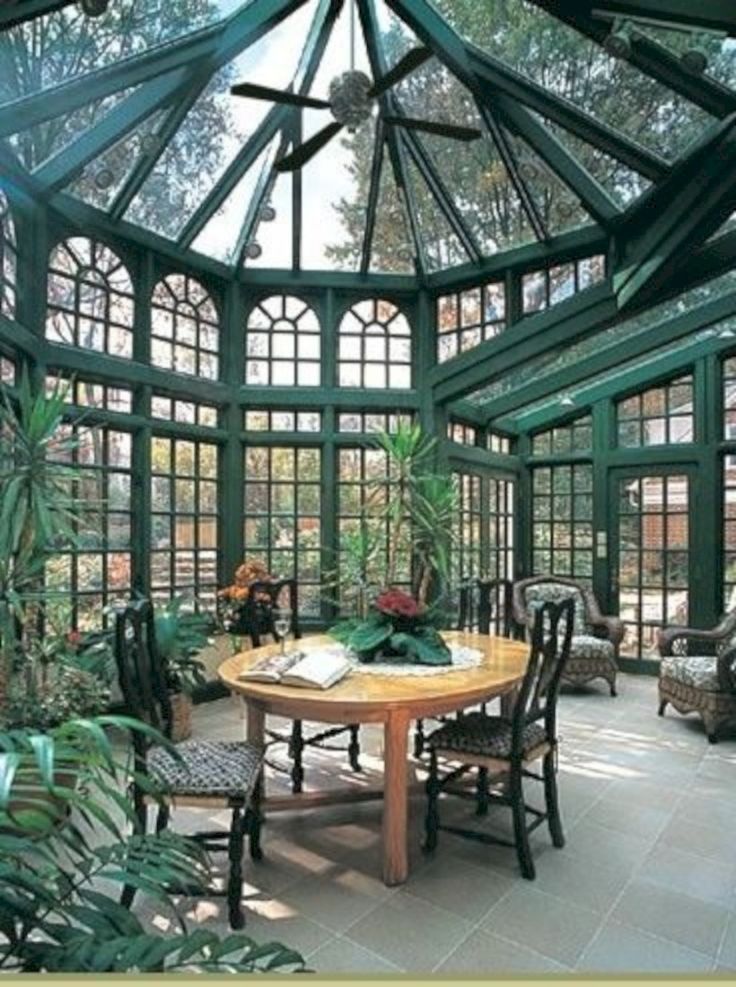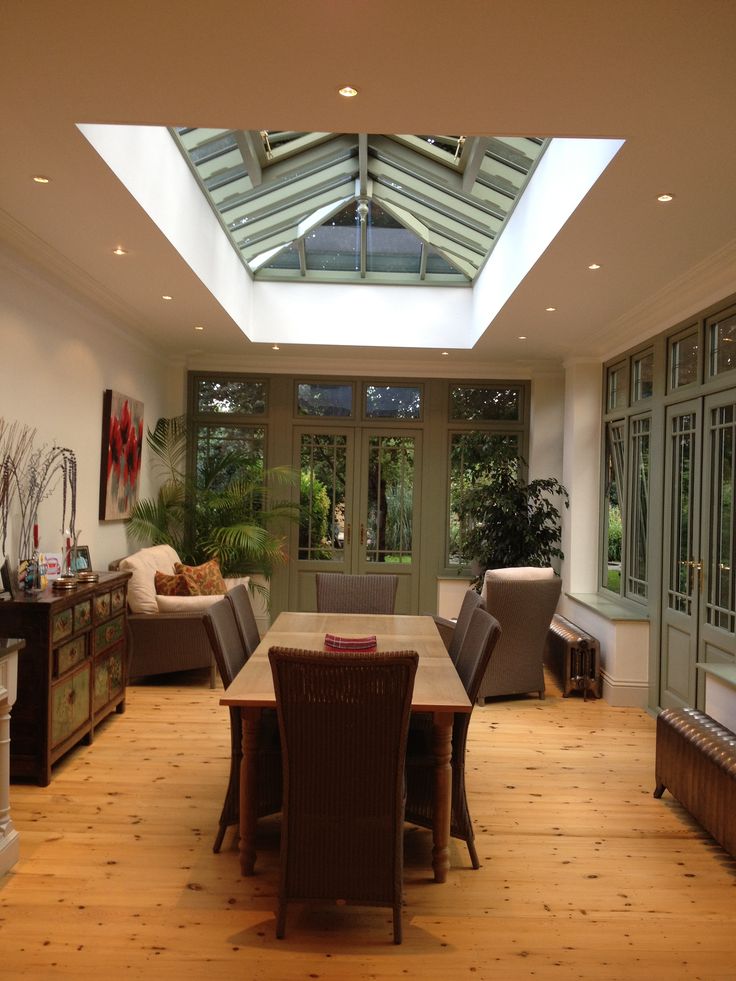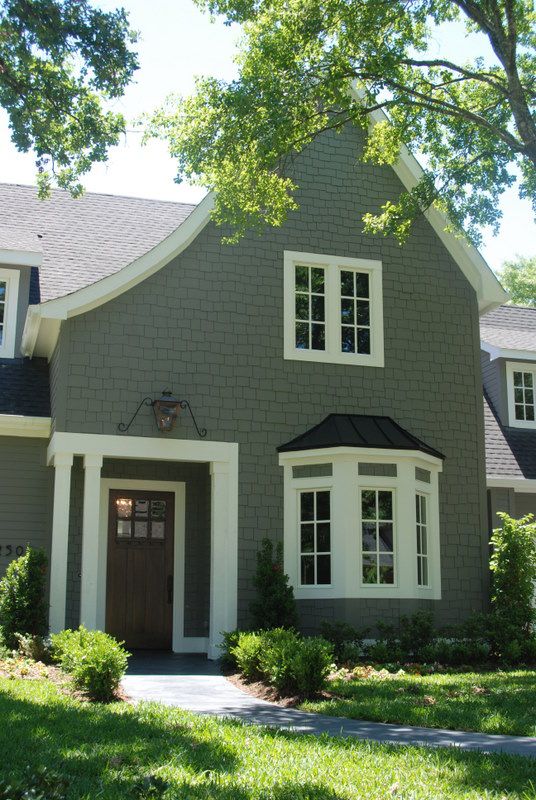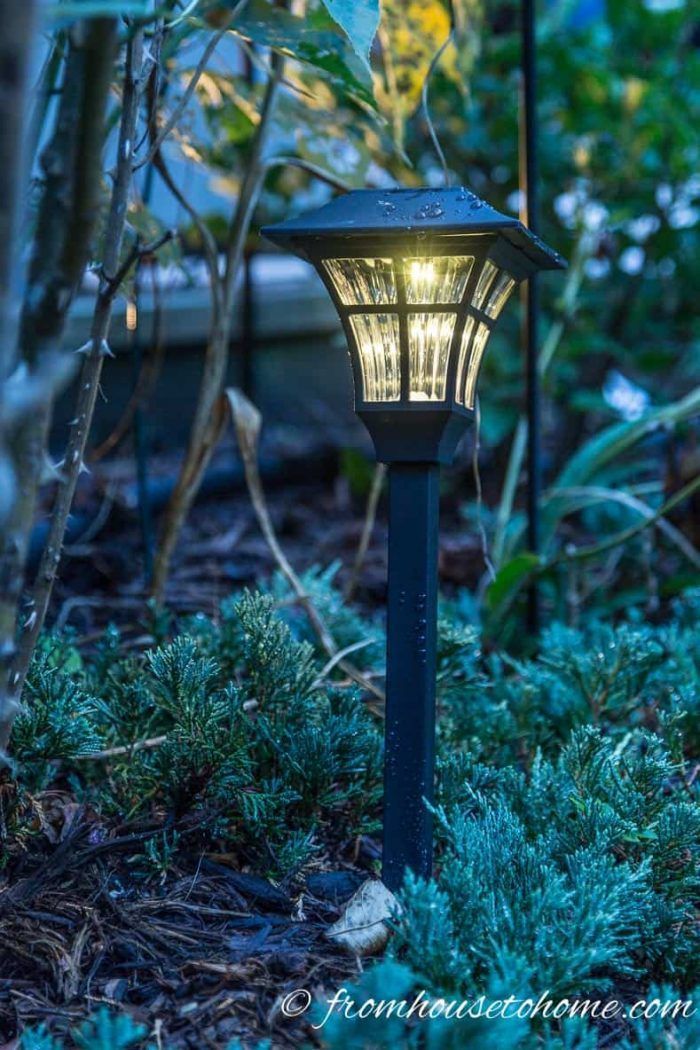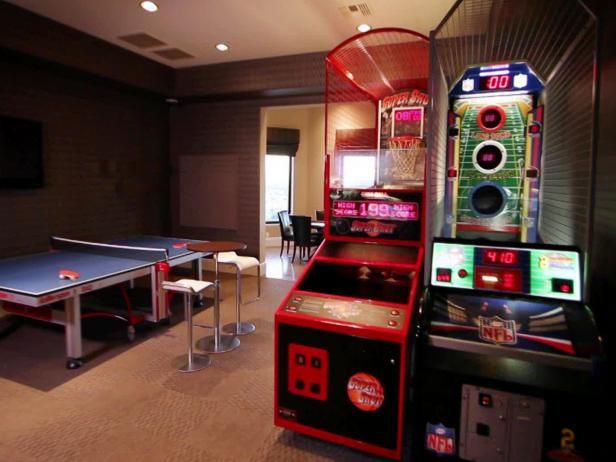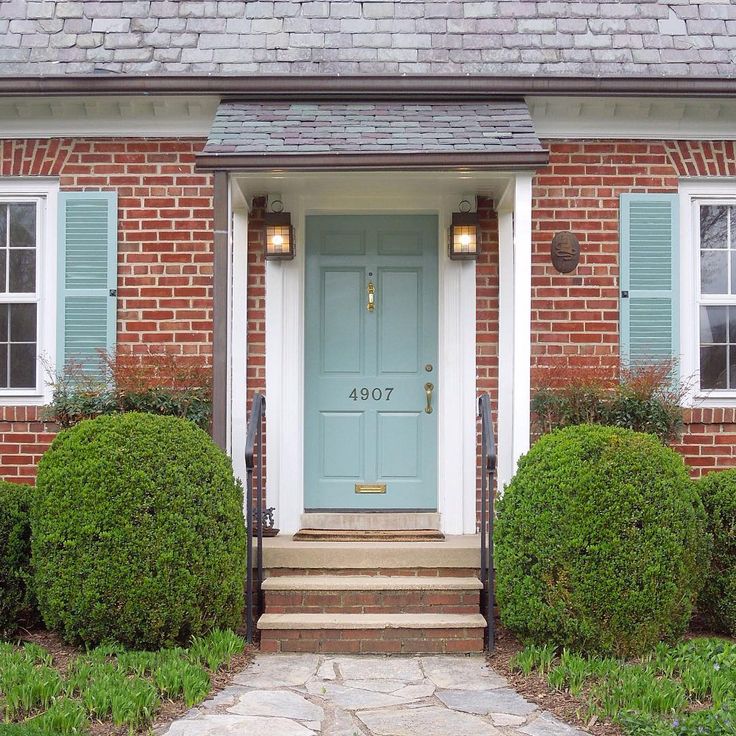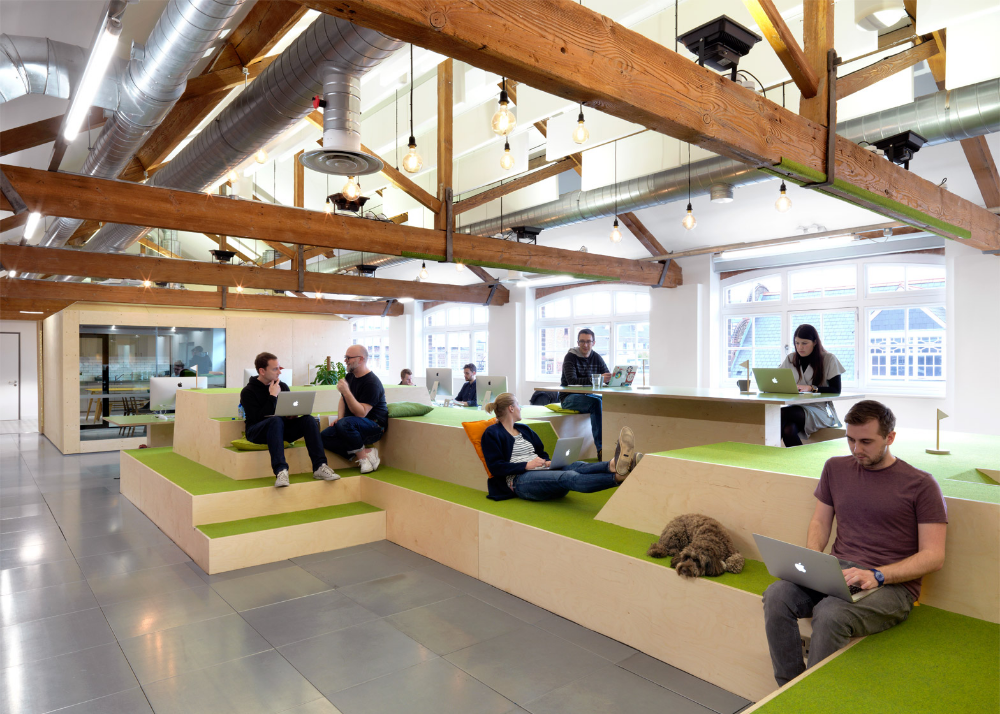Conservatory styles ideas
15 wonderful ways to boost light and space |
(Image credit: Conservatory Craftsmen / Landmark Photography)
Looking for conservatory ideas? Our love affair with conservatories can be traced back to the botany-mad Victorians, who would retire to their ‘glasshouses’ to cultivate rare and exotic plants.
Since those days, design, technology and engineering have come a long way, making the once-traditional conservatory one of most flexible rooms in the modern-day home. Efficient heating and air conditioning systems, plus heat-control glass and insulated window treatments ensure the space is comfortable year round, making a conservatory suitable for a home office, play room, dining room, or to use as a relaxed living space.
Below, we bring you conservatory ideas, both traditional and modern.
Conservatory ideas
The informality of a conservatory is perfect for modern-day living and, as interior designer Steven Payne of Maison AD explains: 'I’m often asked to design conservatories that open up the back of older houses. Well-planned sunroom ideas bring the outside inside so that even on chillier days you can still enjoy a sense of being outdoors.’
1. Take inspiration from nature
(Image credit: Westbury Garden Rooms)
If you are looking for home addition ideas with a view of the garden but a deep connection to the house, a conservatory should be high on your list. Careful styling and clever color choices can transform a conservatory into a true restful retreat from which to enjoy the glorious garden views.
‘This space boasts super large double doors on both the rear and side aspects that ease out into the garden for a harmonious indoor/outdoor lifestyle,’ says James Upton, Managing Director and Designer of Westbury Garden Rooms .
(Image credit: Future / Emme Lee)
If adding a conservatory would require planning a home addition, consider adapting shed ideas or a greenhouse to your needs instead.
While most people use their greenhouses for horticultural reasons, as you would expect, many are using their greenhouses in a more multifaceted way introducing living, relaxation, dining and lifestyle elements into their greenhouse or garden room use.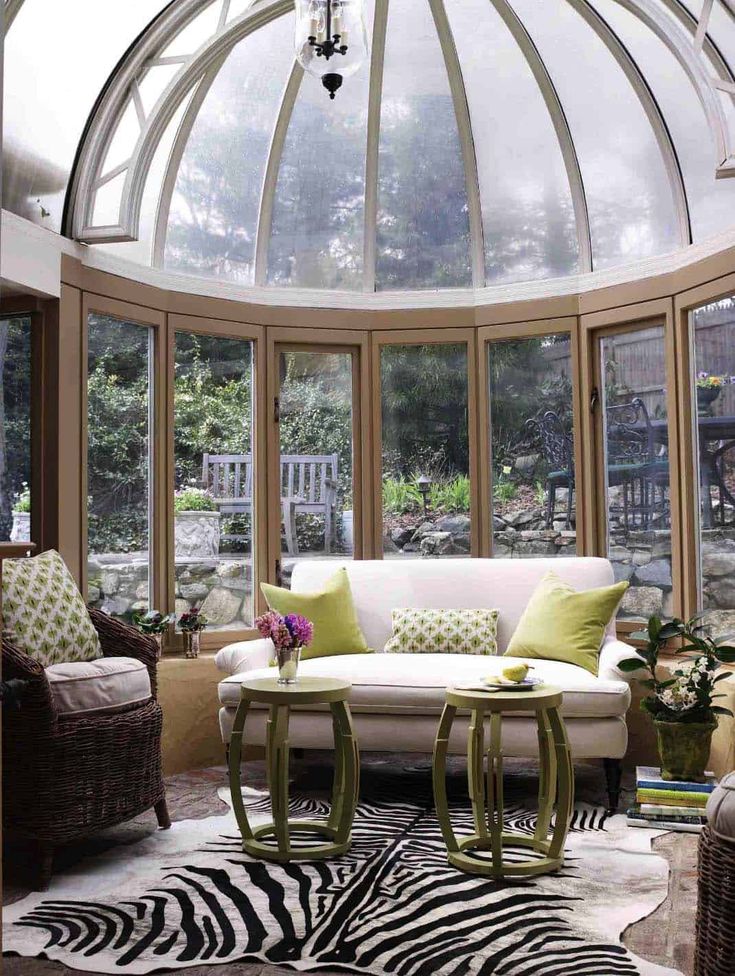 The same goes with sheds.
The same goes with sheds.
While these spaces may be too warm for some, you do have the added benefit of being able to set your greenhouse right in the middle of your backyard or garden, so you can feel fully enveloped by nature.
3. Choose a traditional style conservatory
(Image credit: Malbrook)
Many house styles lend themselves naturally to classic white conservatories. These white frames not only look beautiful from the outside, they help bounce light around. While uPVC frames were popular for many years, painted wood is becoming a stronger choice.
‘Traditional sustainable hardwoods are recommended,’ says Mark Wild, designer at Malbrook . ‘New ultra efficient eco glass specs will also future proof the new extension to add value to any home.’ Add further interest with decorative frames, such as gothic arches.
4. Or, go completely contemporary
(Image credit: Conservatory Craftsmen / Landmark Photography)
If your conservatory ideas are contemporary and to be a new addition, maintaining the architecture of the main portion of the home creates a seamless flow.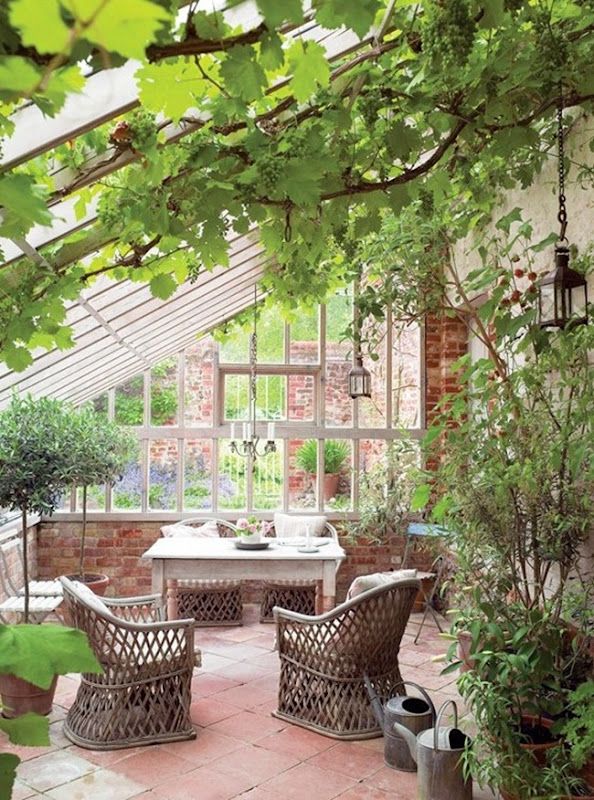
'There are many design considerations when planning a conservatory,' says Evan Cohoe of Conservatory Craftsmen . 'The biggest it the existing architecture. When you hear conservatory most think of something Victorian but we can also go ultra modern,' like they did for this conservatory at a modern Minnesota home.
5. Double up
(Image credit: Vale)
Why have one conservatory when you can fit two? Double up on your conservatory ideas by building two styles to achieve the best of both worlds. In this elegant project, there is a classical orangery on one side, incorporating full panel sliding sash windows within a framework of decorative pilasters and entablature.
‘The main orangery provides a living room from which to enjoy spectacular views of the garden. Adjacent is a more solid construction housing sliding doors and a roof lantern, which provides a formal room for dining,’ says Lisa Morton, Director, Vale .
6. Opt for a wooden structure
(Image credit: Prime Oak)
Oak conservatories are a wonderful choice, especially for homes in the country.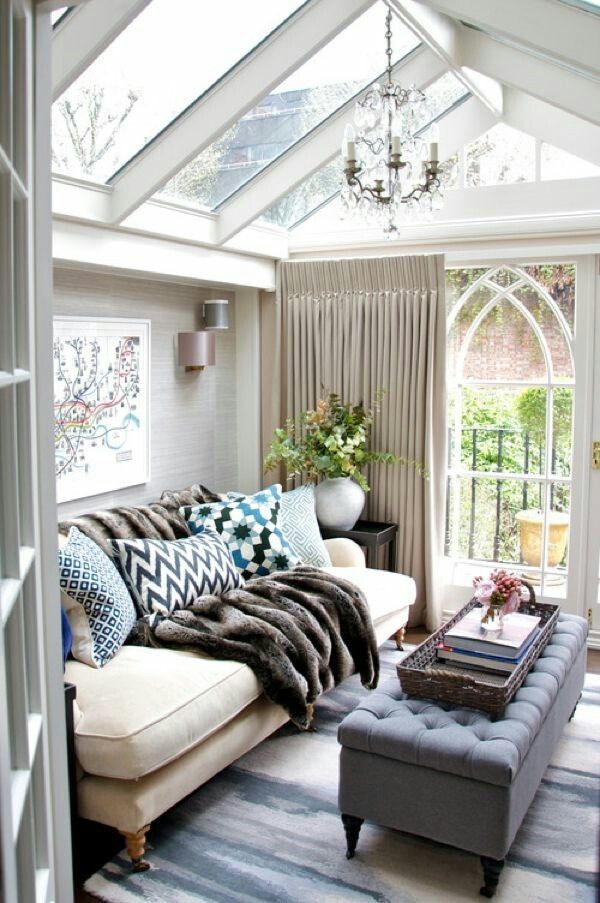 ‘Oak has been used for construction for centuries due to its remarkable beauty, strength and durability,’ notes Jonathan Stackhouse, Planning Manager at Prime Oak .
‘Oak has been used for construction for centuries due to its remarkable beauty, strength and durability,’ notes Jonathan Stackhouse, Planning Manager at Prime Oak .
‘A timeless material that matures gracefully over time that also offers a sustainable eco-friendly solution, designed to be enjoyed for lifetimes to come. Today oak still provides unrivalled quality and a well-maintained oak building would add value to any property, regardless of its age. To help maintain and keep the building looking new, we recommend an oil based waterproof coating, usually to be reapplied 1-2 times a year, as required.’
7. Capitalize on a view
(Image credit: Conservatory Craftsmen)
A conservatory is the original room with a view, so it makes an excellent choice for a home addition in a panoramic setting.
'This room was intended for dining, housing greenery and gazing out at beautiful Lake Geneva,' says Evan Cohoe of Conservatory Craftsmen, about this Minnesota home.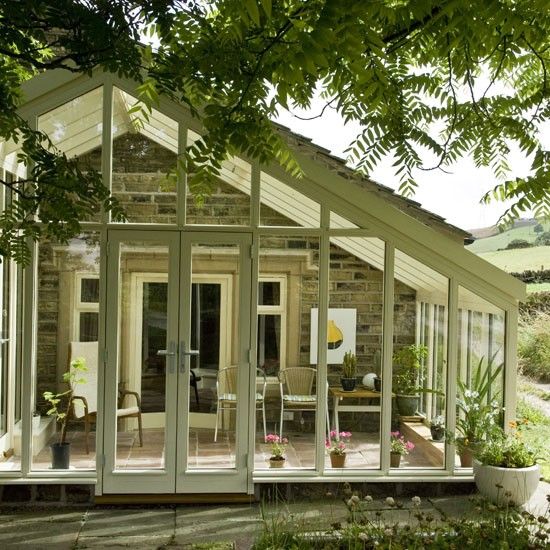 'This is technically an orangery. In the summer the plants live on the patio terrace. In the winter the plants are pushed in. This is the way the Victorians used orangeries also.'
'This is technically an orangery. In the summer the plants live on the patio terrace. In the winter the plants are pushed in. This is the way the Victorians used orangeries also.'
8. Be sympathetic to the main building
(Image credit: Julius Bahn)
Historic homes can often benefit from the addition of a light enhancing conservatory, as they often feature small windows resulting in dark rooms, but ensure you are careful.
‘A successful orangery design on a period home should not over-dominate the appearance of the existing building but be visually subservient to it,’ says Jonathan Stackhouse, Planning Manager, Prime Oak. ‘Oak framing utilizes traditional construction and carpentry methods which local authority planners often welcome in period settings.’
This project from Julius Bahn also carefully matched the new roof to the existing roof tiles in order to blend harmoniously with the existing home.
9. Boost light with a roof lantern or skylight
(Image credit: David Salisbury)
One of the most common reasons to build a conservatory is to boost the amount of light that enters a home, and exactly how much extra light you want will depend on the intended use of the space.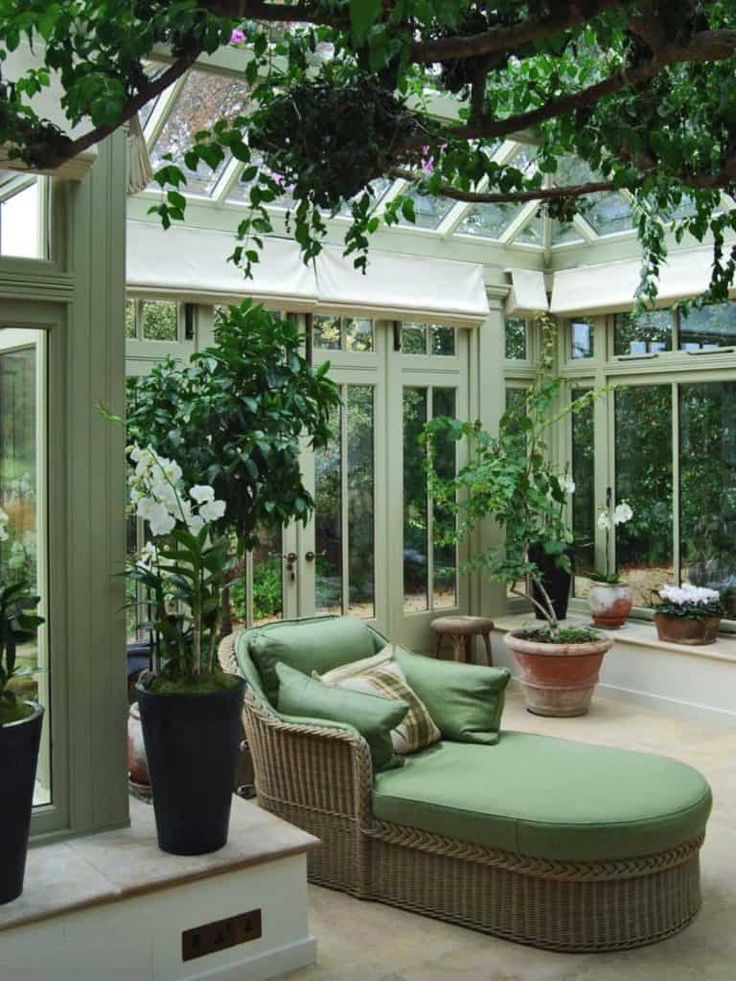
‘Orangeries with roof lights are ideal for kitchens as they provide a controlled amount of light through the roof and an opportunity to focus this above a kitchen island or dining table; whereas a conservatory, with its typically fully glazed roof will be the ideal design for plants to thrive,’ notes Karen Bell, Sales Director at David Salisbury .
10. Dress the windows
(Image credit: Blinds 2 Go)
Adding blinds into your conservatory not only adds an extra splash of beauty to the space, but will also help the space to be as functional as possible.
‘As your conservatory is likely to be the brightest room in the house, you’ll need blinds that adequately cut out enough sunlight to ensure the room is habitable in summer and on those blindingly sunny winter days too,’ says Leah Aspinall, Head of Design at Blinds 2go .
‘Another consideration is the heat. As conservatories tend to be mostly glass, they can get extremely hot in the summer months and cold in winter without adequate window coverage,' she says.
11. Make it modern with a glass box
(Image credit: Jonathan Gooch / Future)
From modern box to traditional conservatory, a glass-walled addition will boost your living space, brighten your home and provide a greater connection between indoors and out.
There is now a huge variety of high performance glass available, designed to improve energy efficiency and control solar glare. The type of structure and direction in which it faces will dictate what type of glass is most appropriate. ‘A north-facing conservatory will have a different glass requirement to a southwest-facing one, simply because it is exposed to less direct sunlight,’ says Lee Vaughan, managing director of Breckenridge Conservatories.
12. Opt for a sunroom addition
(Image credit: Future / James Balston)
A conservatory doesn't have to be an addition, it can also be a freestanding structure. Building a conservatory out in the garden allows it to double as a potting shed or greenhouse.
13. Create a space for rest and relaxation
(Image credit: Jody Stewart / Future)
The defining feature of a conservatory paints this option as a bit of an add-on as opposed to integral part of the building. A conservatory should have a lockable door to the main house and not share heating and plumbing services. But most conservatory specialists are happy to build conservatory-style extensions that flow with the main house and which have connected services that can support a kitchen, and certainly a comfortable living, dining or office area.
'Years ago, homeowners simply had a conservatory bolted to the back of their homes as sunrooms for use during warm weather,' says Paul Schofield, Apropos' technical sales manager. ‘These days, conservatories and other glass-heavy home additions are a fully-integrated part of the home thanks to improved thermal ratings, so homeowners can use and enjoy them all-year round.'
Conservatory structures are usually made of uPVC, wood or aluminum, with all three available in a huge range of colors. ' The choice is mainly aesthetic,' adds Paul, ‘although aluminum is particularly strong, yet light and is also resistant to corrosion, unlike wood which will require maintenance.'
' The choice is mainly aesthetic,' adds Paul, ‘although aluminum is particularly strong, yet light and is also resistant to corrosion, unlike wood which will require maintenance.'
14. Optimize an indoor and outdoor space
(Image credit: David Cleveland / Future)
A successful addition can dramatically improve your lifestyle – and the value of your home. Whether you’re based in the town or country, there’s a solution to suit every property. Here wall-to-wall modern glazing at the back of this rear extension completely opens up the kitchen-diner-living room to the garden. Continuous stone flooring inside and out link the interior to the outside space. Adding a conservatory or orangery to the back of a period property may require planning permission.
15. Make more living room
(Image credit: Parish Conservatories)
There are plenty of creative ways to use a conservatory, but they're also suited to meet the simple need for more living space.
Paul Zec, of Parish Conservatories in Connecticut, says he's quoted conservatories for use as aviaries, orangeries, and pool shelters, but the company designed the space above as a living area for a homeowner that wanted a sunny room to relax in.
How to choose the right conservatory?
While the range of conservatory styles – from Victorian glasshouses and Edwardian pavilions to minimalist boxes – has never been wider Mark Jones, of Town and Country, specialist in bespoke designs, says the market is dominated by two distinct looks.
‘On the one hand we still have lots of requests for traditional Victorian conservatories which look wonderful in a range of settings. On the other side, we are increasingly being asked to design a more hybrid, orangery-style structures. Typically these have solid timber or masonry walls with semi glazed roofs and tall windows or folding doors opening on to gardens or patios.’
Proportion is key. ‘Cheaper kit-form conservatories are often made for new-build houses so the design will be dwarfed by larger Georgian or Colonial properties,’ explains Mark Jones.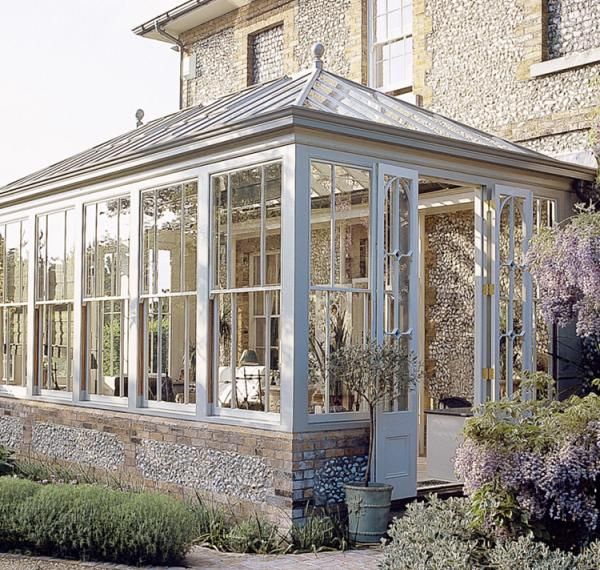
Privacy is another priority especially if you live in dense areas where fewer windows may be a more prudent option.
You will also have to consider the location. The best planned conservatory will capitalize on views of your garden. Do you need storage? If so, then an orangery style with more wall space will be more practical then a fully-glazed construction. For larger open plan spaces, roof lanterns placed above separate eating and kitchen areas add definition.
Will a conservatory add value to my home?
According to the Chartered Institute of Surveyors, a conservatory can add at least 5 percent in value to your property but only, says architect Jeremy Preston-Jones of Malbrook Conservatories, if the scale and quality of the glasshouse matches your existing house.
‘I’d say that most of our customers spend between five to ten percent of the property value on their conservatories. So, if a house is worth $900,000 a budget of $90,000 is realistic.’
What are the types of conservatory available?
Whether you choose to call it a conservatory or orangery there is a range of styles and design features to choose from.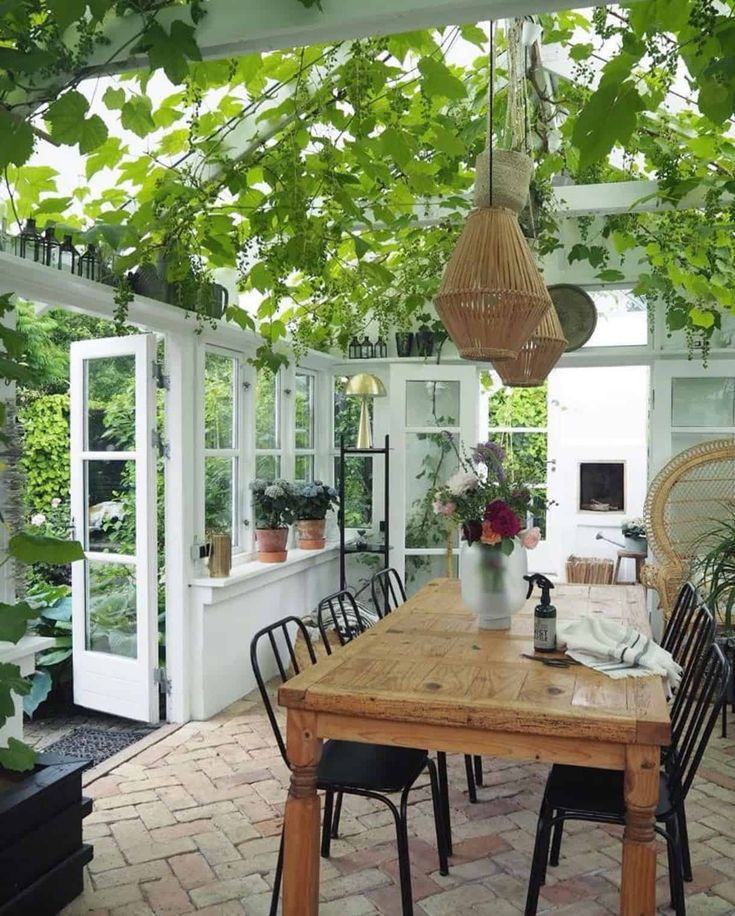 What you pick should ideally reflect your house style.
What you pick should ideally reflect your house style.
If you opt for a bespoke design, one idea is to replicate features from your house, such as arched windows or gabled roof in the conservatory to link the two structures. There is no reason to be slavishly faithful to the period of your house either. A sleeker modern style on a farmhouse could work just as well as a more conventional model, provided the scale and silhouette is complementary.
Victorian
The quintessential Victorian house style bleeds into conservatory design, with features such as a pitched roof with ornate ridges and facetted front, like a bay window.
Edwardian
Often square or rectangular, the early 20th century conservatory is less ornate than Victorian styles with a flat sometimes pedimented front and more useable floor space.
Orangery
The classic orangery combines stone or timber walls and corners with tall windows and a flat roof with glass skylight.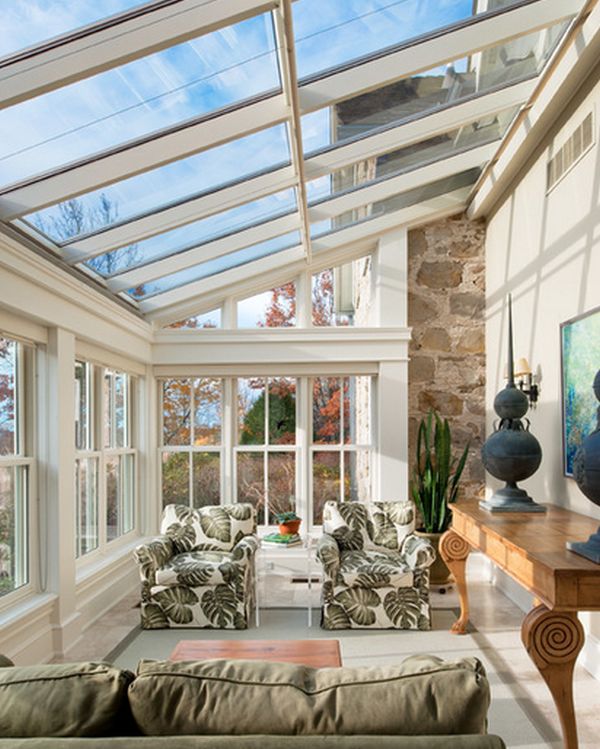
Lean-to
The simplest shape with a single-sloped roof and the longer wall adjoining the house. Can be useful for filling in corners and to avoid taking up too much space in a small garden design.
Gable Fronted
A vertical and front and steeply pitched roof that can be plain or ornamented. The design creates a generous ceiling height.
P-Shaped
Typically combines a Victorian-style section with a lean-to structure to make the P-shape.
T-Shaped
A symmetrical design featuring a larger middle porch section and wings that make a T-shape.
Lantern
Featuring a two-tier conservatory roof, the overall impression is of height, light and grandeur.
Do you need zoning or planning permission to build a conservatory?
In the U.S.
In most instances, if the conservatory is extending the footprint of your home or requires moving walls, you will need building permits before breaking ground.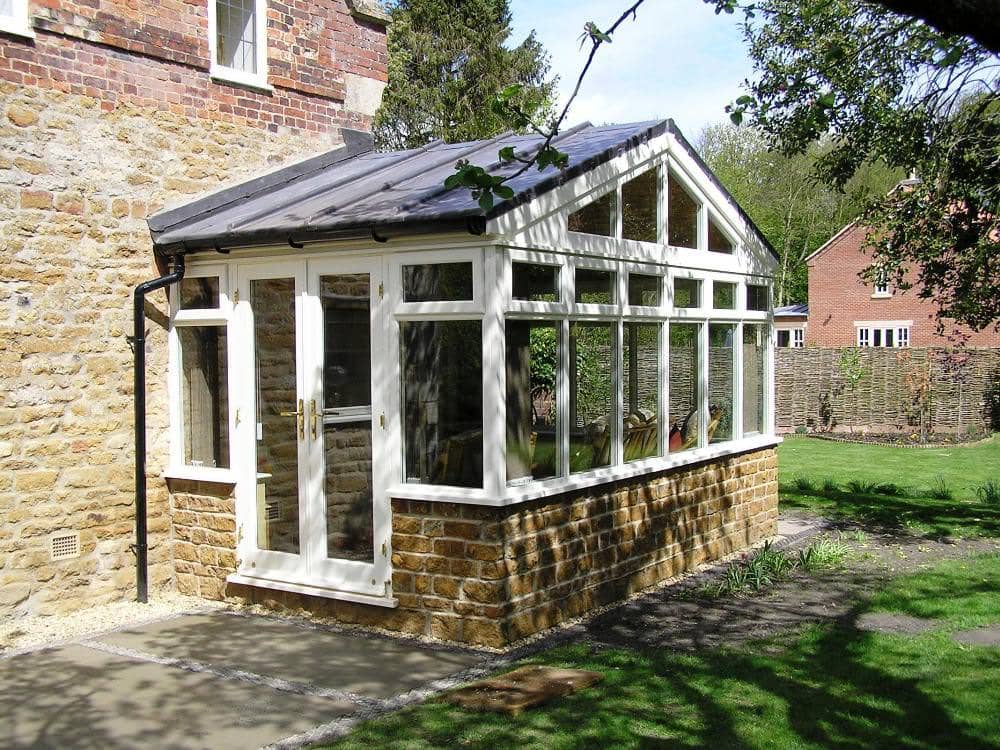 The exact regulations and types of permits you will need depend on the city where you live, since these regulations are governed at a local level. Your town planning and zoning commission is the best resource for information on building permits for a sunroom or conservatory.
The exact regulations and types of permits you will need depend on the city where you live, since these regulations are governed at a local level. Your town planning and zoning commission is the best resource for information on building permits for a sunroom or conservatory.
In the U.K.
The recent brouhaha surrounding the Government’s proposed relaxation on planning has drawn attention to conservatories. According to Jonathan Hey of Westbury conservatories, planning rules and building regulations are often conflated. ‘Planning permission applies to the look and size of a structure, not it technical specifications. Like any extension, the conservatory will be subject to planning permission if it exceeds the permitted development area around a property.
‘It’s vital that you check your contractor or designer is up to date with the latest regulations’ says Jonathan. According to the Conservatory Association, ggf.org.uk, planning permission is often not needed for a smaller domestic conservatories that meets the criterion listed below.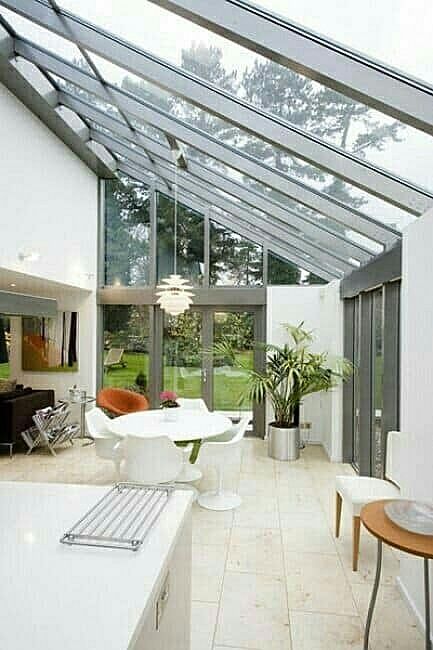 However, rules are constantly being updated so always check with your local planning office.
However, rules are constantly being updated so always check with your local planning office.
Jennifer is the Digital Editor at Homes & Gardens. Having worked in the interiors industry for a number of years, spanning many publications, she now hones her digital prowess on the 'best interiors website' in the world. Multi-skilled, Jennifer has worked in PR and marketing, and the occasional dabble in the social media, commercial and e-commerce space. Over the years, she has written about every area of the home, from compiling design houses from some of the best interior designers in the world to sourcing celebrity homes, reviewing appliances and even the odd news story or two.
With contributions from
- Kaitlin MaddenExecutive Editor, Homes & Gardens
Conservatory ideas and designs | House & Garden
Gardens
Whether you are hunting for conservatory design ideas, or just want to gaze longingly at glass houses, get inspired by these stylish structures.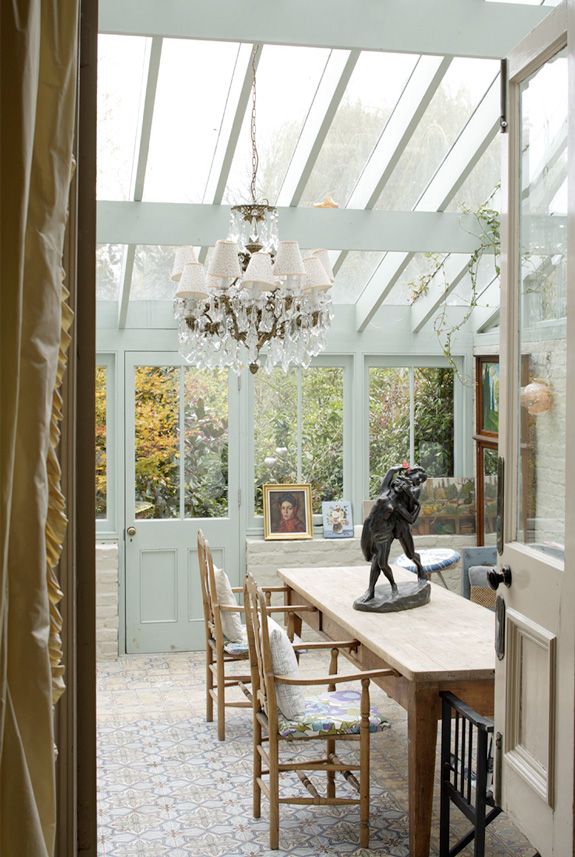
By Emily Senior
In the past, the word ‘conservatory’ has not always conjured the most desirable images to mind. Many of us are instantly transported by it to ill-advised and out-of-character additions to otherwise beautiful houses, or to the depths of morbid suburbia, where we dread being subjected to lukewarm gin and tonics and stale conversation. In all, the imagined conservatory is not a place whose reputation necessarily brims with generosity or good cheer.
So: conservatories have a bad reputation after years of misuse, but we’re here to bring them back into the spotlight. A conservatory or greenhouse offers a way to feel like you’re experiencing the outdoors – even when the weather isn’t up to scratch – and for making the most of any sunshine on a chill winter’s day. They can be highly atmospheric, too: just imagine sitting under the glass, warm and sheltered, perhaps with a glass of wine or even a single malt, while it rains heavily outside. It’s a deeply calming experience.
It’s a deeply calming experience.
Here, our deputy editor David Nicholls discusses the art of designing and decorating a conservatory with designer Guy Goodfellow.
Why you should fall back in love with the conservatory
One of the most beautiful spaces I have ever been in is an extraordinary Victorian conservatory belonging to a client in Warwickshire,’ Guy explains. ‘It was a winter garden, which we filled with tall trees and enormous, colourful parasols.’ Guy is an architectural and interior designer well versed in the language and nuance of English classicism. No stranger to projects in the country, he is the perfect sounding board for advice on making a conservatory as lovely as it ought to be. One of his all-time favourites has a starring role in the 1990 rom-com film Green Card, in which Andie MacDowell’s character’s rooftop apartment has a lush, palm-filled conservatory complete with a fountain and bamboo furniture.
'And I designed an orangery in Sussex a few years ago,’ Guy continues.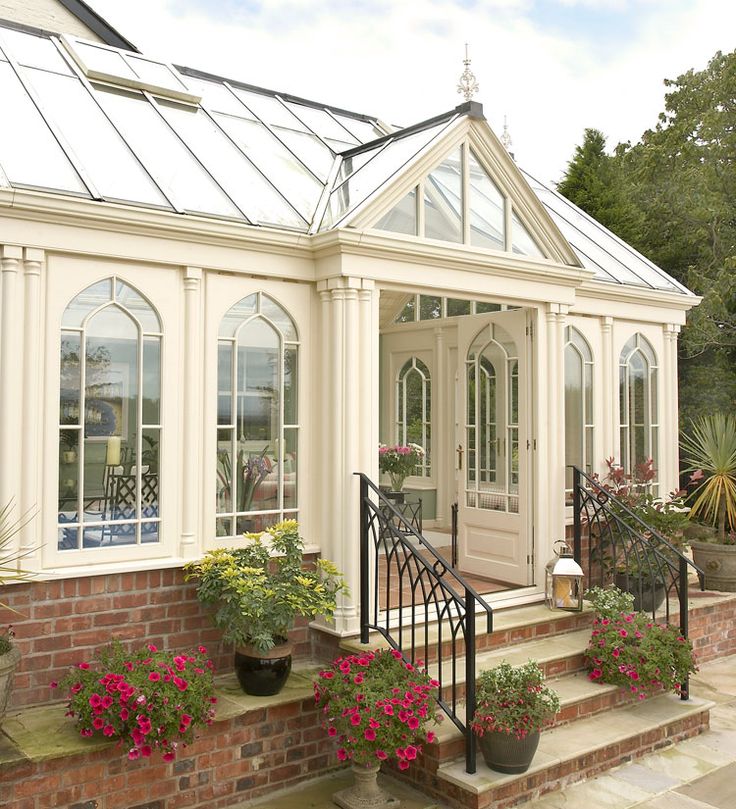 ‘It has a huge French chimneypiece with a dining table that extends to seat large numbers.’ Guy loves putting fireplaces in these structures: ‘It gives focus to a room.’ (And in case you are wondering, the main differences between a conservatory and orangery are the glass-to-frame ratio and the shape of the roof.)
‘It has a huge French chimneypiece with a dining table that extends to seat large numbers.’ Guy loves putting fireplaces in these structures: ‘It gives focus to a room.’ (And in case you are wondering, the main differences between a conservatory and orangery are the glass-to-frame ratio and the shape of the roof.)
‘For me, the joy of decorating a house is in creating different areas, each of which has its own atmosphere,’ Guy says. A conservatory should not be thought of as just another sitting room. ‘I think they make wonderful places to dine,’ he adds. ‘You don’t have to have rattan or whatever is perceived as conservatory furniture, but it shouldn’t be filled with duplicates from another room.’
Traditionally, these spaces were inhabited during the day rather than in the evening. All the glass can become ominously black at night, and there is increasing concern about light pollution caused by electric light beaming into the stratosphere. However, in the daytime, plenty of glass means plenty of sunlight, which was, of course, the original purpose of these rooms. If you wish to reduce the amount of light coming into a fully glazed conservatory, Guy advises caution. ‘Curtains would kill it, but you can use the lightest possible blinds. We use ‘Sang Sacre Tristan’ linen by the Irish fabric house Alton-Brooke all the time – it has the most beautiful warp and weft.’
If you wish to reduce the amount of light coming into a fully glazed conservatory, Guy advises caution. ‘Curtains would kill it, but you can use the lightest possible blinds. We use ‘Sang Sacre Tristan’ linen by the Irish fabric house Alton-Brooke all the time – it has the most beautiful warp and weft.’
Conservatory specialists
- David Salisbury
- Malbrook
- Marston & Langinger by Alitex
- Oakwrights
- Prime Oak
- Rhino Greenhouses
- Vale Garden Houses
- Westbury Garden Rooms
We've rounded up our favourite conservatory styles from our archives, so you can be inspired to set up your very own room with a view.
Davide Lovatti
Native ShareThis double-height, steel-framed glasshouse built within the old castle walls of Castello di Reschio serves as a glamorous, light-filled seating area.
- Native Share
This stylish painted orangery in Rutland by Vale Garden Houses features full-length timber and lead panels, neoclassical columns and entablature and an inset glazed roof.
 Used by the owners as a living and dining area, the orangery provides access to the garden through multiple sets of doors which can be left open during warmer seasons, or left closed to enjoy views of the garden all year round.
Used by the owners as a living and dining area, the orangery provides access to the garden through multiple sets of doors which can be left open during warmer seasons, or left closed to enjoy views of the garden all year round. - Native Share
Though an orangery or garden room is traditionally joined to a house, having a free-standing design positioned deeper into the garden is a clever way to add indoor space that feels integrated with nature. For this walled garden in Wales, the specialist David Salisbury designed a structure that echoes the garden’s extensive stone works and the architecture of the main house, constructed from local stone with hardwood frames.
- Native Share
Besides the obvious advantages of providing extra living space, an oak-framed extension can also add character and charm to the exterior of your home. Using different materials can create architectural contrast and add layers to a building – imagine an oak extension against beautifully aged stone or red brick, as seen in this Cheshire farmhouse.
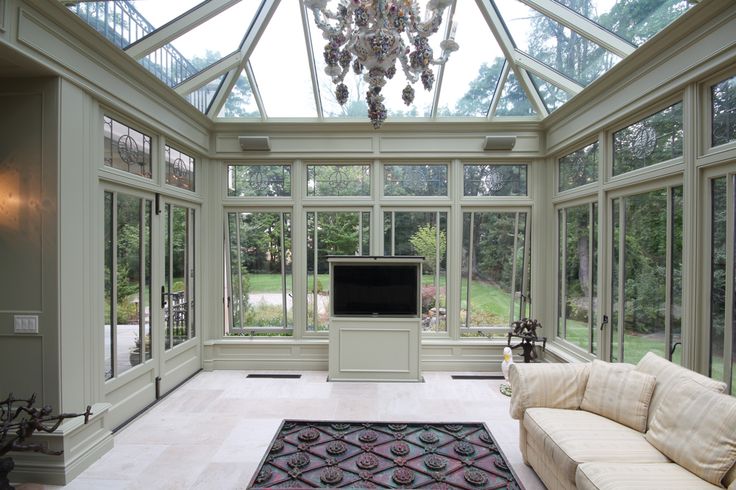 The design team at Oakwrights opted for symmetry by placing the oak trusses centrally with double doors leading out to a patio.
The design team at Oakwrights opted for symmetry by placing the oak trusses centrally with double doors leading out to a patio.
Paul Massey
Native ShareThe search for a London pied-à-terre brought Ben Pentreath’s clients unexpectedly to this Georgian house, which he has reconfigured and decorated in his layered signature style. A steel-framed conservatory by Serres d’Antan contains rattan ‘Wengler’ chairs from Sika-Design and a vintage linen table runner. A large Georgian cupboard from Alexander von Westenholz holds gardening equipment.
Simon Brown
Native ShareGarden designer Butter Wakefield and her now ex-husband bought this London Victorian villa in 1991. She described the original kitchen as 'so poky, you could barely open the oven.' But she was able to see the potential when she saw the light 'pouring in across the west-facing garden.' This elegant conservatory was added 10 years ago. The green, black and white palette runs throughout the house but is most prominent in the conservatory and kitchen, where there is a cornucopia of lettuceware plates and monochromatic fabrics.
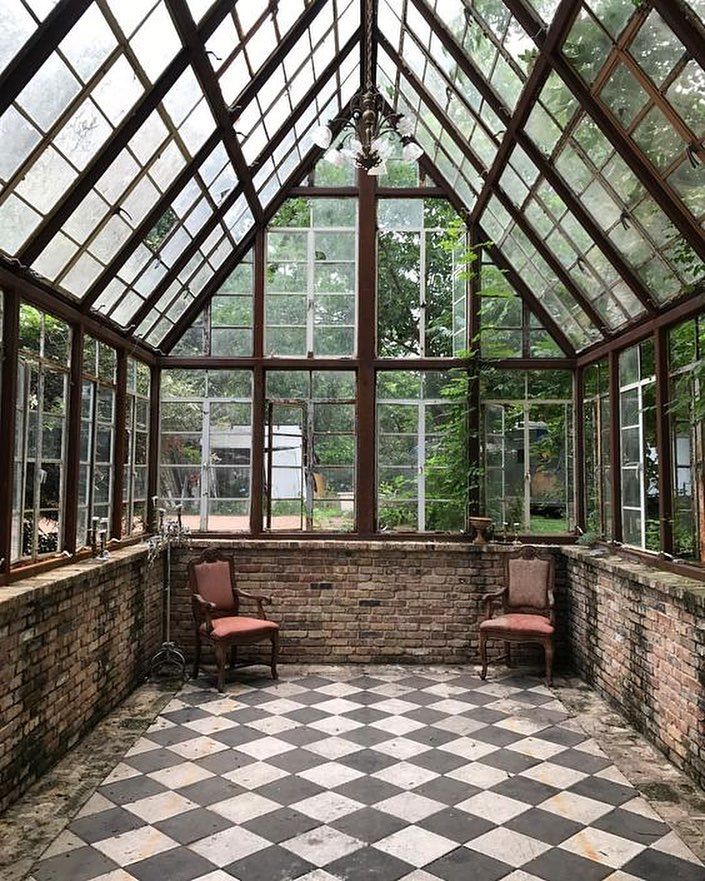 A smart green window seat is luxuriously heated by the radiator below and is the perfect spot from which to contemplate the garden.
A smart green window seat is luxuriously heated by the radiator below and is the perfect spot from which to contemplate the garden.Lucas Allen
Native ShareDesigner Henri Fitzwilliam-Lay, the owner of this Victorian country house in Shropshire has enhanced the interiors of this grand property with her signature mid-century aesthetic without compromising original features. The conservatory attached to the side of the house provides a bright space. It is decorated with a neutral palette for a calming atmosphere, and striped wallpaper emphasises the height of the space.
- Native Share
Kate Aslangul of Oakley Moore designed this conservatory in Paris. The mosaic tiles are original the house previously hidden underneath a carpet. They feature a white and green hexagonal pattern surrounded by a deep border with accents of coral and yellow tiles, complemented by the green paint on the woodwork. Kate chose a Gilles Nouailhac sofa, upholstered in Pierre Frey’s moss green velvet from the India Mahdavi collection, with GPJ Baker’s Orinoco fabric cushions using only the pineapple section of the design.
 A pair of yellow glass table lamps from Porta Romana were chosen together with Julian Chichester’s side tables, inspired by a 1940s French design. The Rococo-style settee was a lucky internet find that Kate had hand-finished and stained by a furniture restorer, later upholstering it in Zak and Fox’s Khotan’s fabric trimmed with double piping from Turnell & Gigon.
A pair of yellow glass table lamps from Porta Romana were chosen together with Julian Chichester’s side tables, inspired by a 1940s French design. The Rococo-style settee was a lucky internet find that Kate had hand-finished and stained by a furniture restorer, later upholstering it in Zak and Fox’s Khotan’s fabric trimmed with double piping from Turnell & Gigon.
Most Popular
Simon Brown
Native ShareThis is a modern take on a conservatory by Philip Hooper, who added a clerestory, supported by a steel frame, to let more light into the dining room.
Lucas Allen
Native ShareTo restore a feeling of equilibrium to his Queen Anne house in Herefordshire, interior decorator Edward Bulmer remodelled the layout, added a new wing, and painted the walls in interesting colours to create a contemporary family home. The kitchen's eating area is housed in the conservatory, part of the newly built wing.
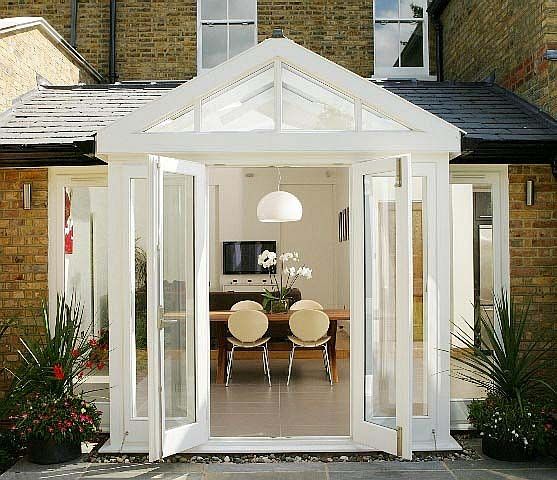
Paul Massey
Native ShareThe architect owners of this handsome 18th-century former weaver’s cottage in Wiltshire added a glass and steel kitchen extension to flood the area with light and connect the space to the outdoors. Its position against an exterior limestone wall combined with a timber-framed roof and the owner’s painstaking process of sourcing salvaged objects helps the structure blend in with the existing architecture.
Elsa Young
Native ShareThe owners added this generous conservatory at the back of their London house (with interior design by Suzy Hoodless), featuring three sets of french windows. Muuto ‘Nerd’ chairs expand the palette and a monochrome rug helps tie the look together.
Most Popular
Simon Brown
Native ShareThe conservatory in artist and designer Bridie Hall's north London town house is used as a library and snug. Bookcases painted in Farrow & Ball's 'Off Black' lend it a cosy atmosphere.
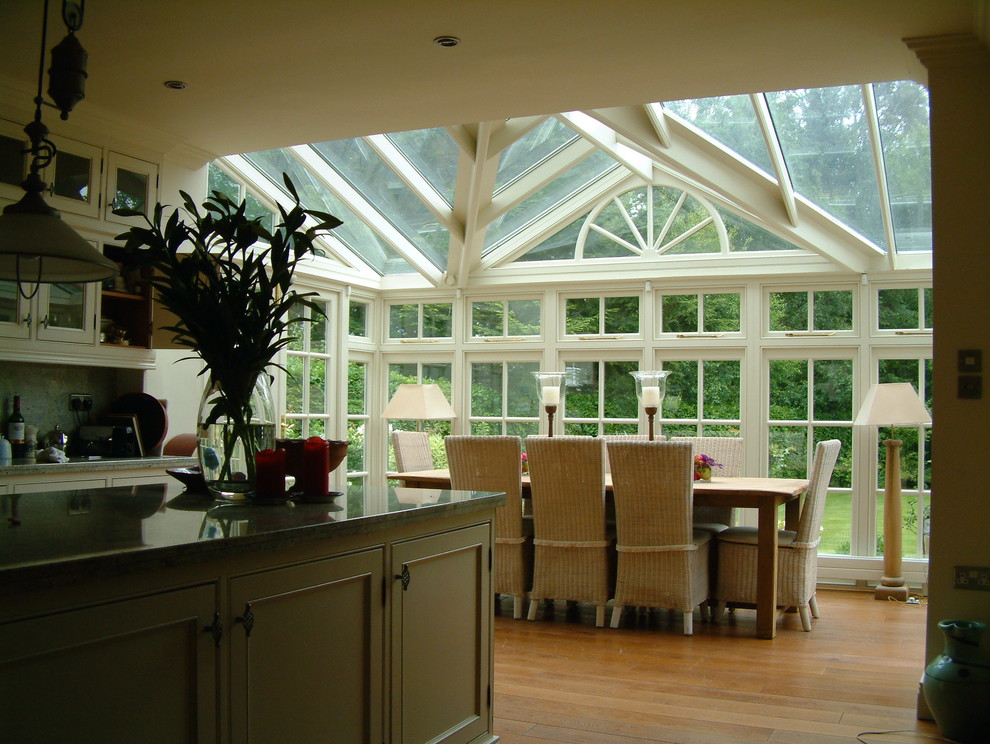
Taken from the March 2014 issue of House & Garden. Additional text: Liz Elliot.Michael Sinclair
Native ShareA conservatory with rattan furniture and chic blinds acts as an extension of the garden in the London home of Lady Wakefield. The garden room, by Marston & Langinger, also provides an alternative dining area. Like the rest of the house, it is full of pieces chosen with confidence. Nothing is matching and objects are not necessarily of value, but they are all things of beauty and interest.
Paul Massey
Native ShareA warm welcoming interior with a carefully curated mix of vintage and custom-made furniture gives Ett Hem in Stockholm, designed by Ilse Crawford, the feel of a well-loved house, rather than a hotel. In the glass house, a gauzy sail-like shade can be pulled over the roof to keep out the sun, while an abundance of homely plants links the space to the garden beyond.
- Native Share
Inside the glass and timber extension of this Christopher-Howe-designed house in Bray, the floor is made from cheeseboards, which were found on a trip to the South of France.
 Fifties Italian bar stools contrast with the island, which was salvaged from a fishmonger’s.
Fifties Italian bar stools contrast with the island, which was salvaged from a fishmonger’s.
Most Popular
- Native Share
This design is inspired by Hardwick Hall, a sixteenth-century property in Derbyshire. It was designed by Robert Smythson for one of Elizabethan England's most powerful and wealthy women, Bess of Hardwick.
The Hardwick, by The National Trust conservatory collection at Vale Garden Houses - Native Share
A conservatory can add a wonderful space to relax and entertain in. A mix of botanical prints, a patterned tiled floor and natural materials create a look that brings the outside in.
FURNITURE Aluminium side table, 60 x 40cm diameter, and armchair, 87 x 61 x 56cm, £3,000 for a set of two chairs and a table, from Talisman. Rattan cafe armchair, 'Cezanne' (natural leaf and black), 102 x 62 x 61cm, £199, from Drucker. Zinc-topped oak table, 'Sawbuck', 76 x 304 x 78cm, £4,140, from Matthew Cox.
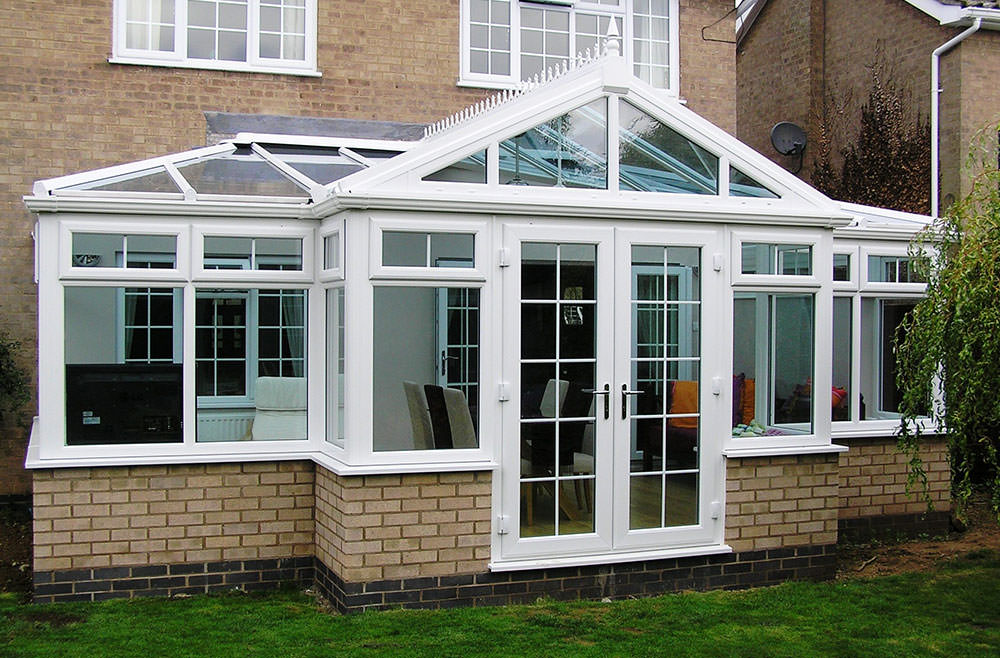 Rattan and plastic outdoor side chair, 'Isabell' (black and white), by Sika Design, 92 x 48 x 59cm, £180, from Designers Guild.
Rattan and plastic outdoor side chair, 'Isabell' (black and white), by Sika Design, 92 x 48 x 59cm, £180, from Designers Guild.ACCESSORIES Ceramic lamp base, 'Sibyl' (spinach), £516, from Porta Romana; with antique silk shade, £600, from Guinevere. Porcelain side plate (on side table), 'Dahlia', e9, from Virebent. Cushions, from top: 'Moss' (charcoal), by Howard Hodgkin, cotton, £110 a metre, from Designers Guild. 'Aylsham' (L-219), cotton, £96 a metre, from Fermoie. Wicker-basket pendant lights, 40 x 56cm diameter, £130 each, from Original House. Fabric (under plant stands), 'Tuileries' (crème), by Verel de Belval, linen/polyester, £238 a metre, from Abbott & Boyd. Porcelain bowls (yellow), by Mud Australia, from £45 each; napkins, 'Leaf' (charcoal), by Howard Hodgkin, cotton, £110 a metre; tablecloth, 'Brush' (charcoal), by Howard Hodgkin, cotton, £110 a metre. All from Designers Guild. White stoneware, 'Cracked Slip Vase', by Matthias Kaiser, £200, from The Garden Edit.
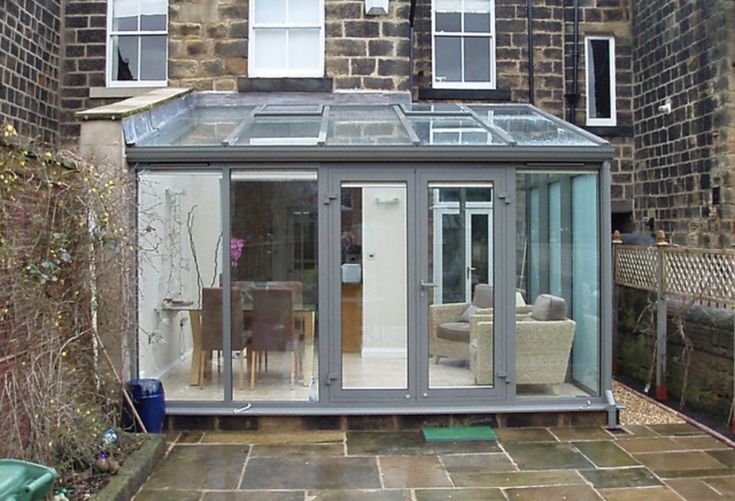 Chinese glazed yellow stoneware,'Lantern Jars', £800 each; Han dynasty stoneware Hu vase, £1,450; indigo-dyedlinen sheet (on chair), £360. All from Guinevere. Ceramic parrot incense holder, £98, from Plümo. Resin plate, 'Black and Snow Swirl', £120, from Dinosaur Designs.
Chinese glazed yellow stoneware,'Lantern Jars', £800 each; Han dynasty stoneware Hu vase, £1,450; indigo-dyedlinen sheet (on chair), £360. All from Guinevere. Ceramic parrot incense holder, £98, from Plümo. Resin plate, 'Black and Snow Swirl', £120, from Dinosaur Designs. Line T Klein
Native ShareVictorian meets twenty-first century: original tiling is complemented by white furniture with clean lines in this Georgian orangery at a Somerset country house. This elegantly curved orangery was updated by the Victorian owners and now houses one of two kitchens.
- Native Share
Lantern roofs may have originally been devised for orangeries, but the possibilities are endless (a kitchen is one option we find immensely appealing) - especially for colour. This bespoke structure in London is painted in 'sage' from Marston & Langinger's Exterior Eggshell range.
Most Popular
David Oliver
Native ShareIn this Norfolk country home, interior decorator Veere Grenney wanted to respect the architecture of the rooms yet reflect the owners' relaxed and hospitable way of life.
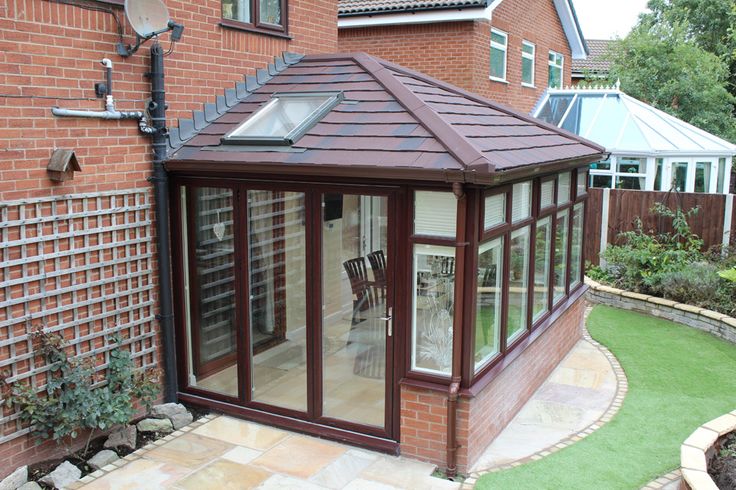 A long table can be found in the relatively new conservatory, which links the Georgian part of the house to the Tudor wing. This 'Waste Table' in plywood was made by Piet Hein Eek and is surrounded by Hans J Wegner 'Wishbone' chairs. Above it, hanging from an oculus in the ceiling, is a Charles Saunders 'Oak Leaf' chandelier, which could be an armful of foliage blown in from the park.
A long table can be found in the relatively new conservatory, which links the Georgian part of the house to the Tudor wing. This 'Waste Table' in plywood was made by Piet Hein Eek and is surrounded by Hans J Wegner 'Wishbone' chairs. Above it, hanging from an oculus in the ceiling, is a Charles Saunders 'Oak Leaf' chandelier, which could be an armful of foliage blown in from the park.Simon Brown
Native ShareThe owners of this Victorian townhouse in west London have decorated the classically proportioned rooms in plain and simple finishes to create the perfect setting in which to display their collection of modern design.
In the kitchen architect Seth Stein has tweaked the existing conservatory giving it a more graceful roofline and adding smart bronze details to the doors opening on to the garden. 'The idea of the client was to treat the place like a kind of installation,' he explains. Artist Stuart Haygarth recycled plastic flotsam and jetsome to create a shimmering chandelier, Tide, suspended above the dining table.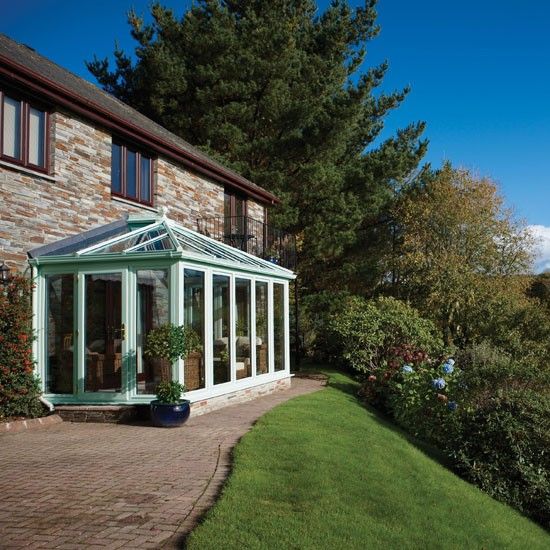 The dining table and eighteen chairs are by India Mahdavi.
The dining table and eighteen chairs are by India Mahdavi.Alex James
Native ShareChristopher Mitchell of Hill Mitchell Berry Architects and the interior design Charlotte Lane Fox have added a sense of light and space to the lower ground floor of this elegant Kensington house with the addition of a conservatory extension that leads out in to the garden.
Jan Baldwin
Native ShareInterior designer Chester Jones complemented the mosaic floor in the kitchen to the courtyard outside.
Most Popular
- Native Share
This glorious garden room in Surrey was a bespoke creation from Marston & Langinger, right down to the paint (granite) and the furniture inside.
Simon Brown
Native ShareThe airy conservatory at Ballyfin was added by Richard Turner around 1855. It is a very grand structure that could serve as a nursery for seedlings as well as a breakfast room.
TopicsGardens
Read More75 original winter garden design ideas
Very common missteps in its creation are:
Placing absolutely all plants near windows is not desirable. This leads to the fact that it will become quite difficult to admire the beauty of nature. Since, flowering plants that reach for the sun will turn away from the "contemplator".
This leads to the fact that it will become quite difficult to admire the beauty of nature. Since, flowering plants that reach for the sun will turn away from the "contemplator".
A more correct spatial solution is a multi-tiered placement of greenery along the walls. And it is preferable to install furniture near the window, and admire the beauty of plants. Placement of absolutely all plants on the lower or middle level. As a result, the upper level of the space remains without plant flora. You should worry about the presence of climbing plants, it is recommended to hang them from the ceiling in a flower pot or run them up the grid. nine0003
Climbing plants should be placed on the ceiling
A great idea would be a multi-tiered arrangement of flowerpots with plants
It is not recommended to place plants near a window
Under natural conditions, various green spaces necessarily grow in groups, for this reason it is necessary to combine various structures and textures in landscaping.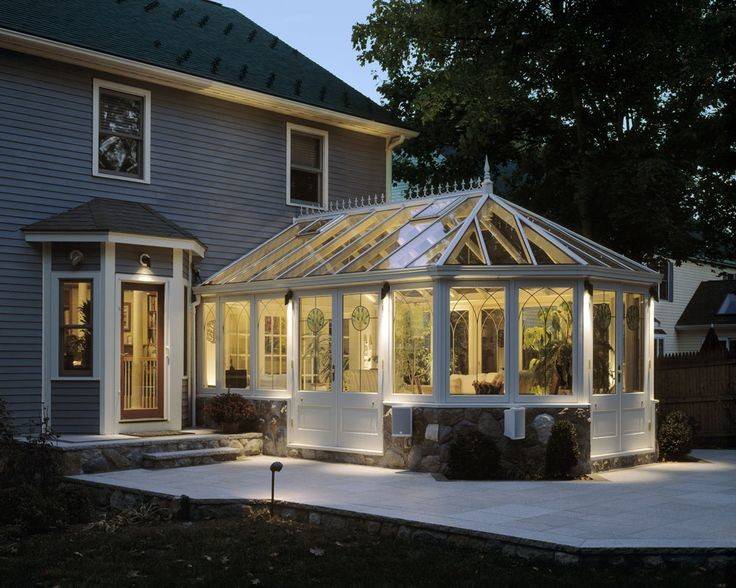 For example, a broad-leaved monstera with narrow yucca leaves, caps of blooming hydrangeas with small “eyes” of primrose. Lack of water with an abundance of tropical crops. To maintain an optimal level of humidity, a source of natural water evaporation should be placed. For example, it can be a fountain, a waterfall, a pond, an aquarium, including a pool. It is possible to create an imitation of a water pool by using reflective materials for the floor and walls. Lack of relationship between the constituent elements of landscape design. All constituent elements should look harmonious due to the perfect combination of textures. nine0003
For example, a broad-leaved monstera with narrow yucca leaves, caps of blooming hydrangeas with small “eyes” of primrose. Lack of water with an abundance of tropical crops. To maintain an optimal level of humidity, a source of natural water evaporation should be placed. For example, it can be a fountain, a waterfall, a pond, an aquarium, including a pool. It is possible to create an imitation of a water pool by using reflective materials for the floor and walls. Lack of relationship between the constituent elements of landscape design. All constituent elements should look harmonious due to the perfect combination of textures. nine0003
To maintain an optimal level of humidity, place a source of natural water evaporation
In the winter garden, it is desirable to grow all plants of group
Content
- 1 Paradise projects in its own house
- 2 Winter Garden: Design features
- 2.1 Winter Garden - Tips
- 3 Styles of Winter Gardens and Additional Councils on Registration
- 3.
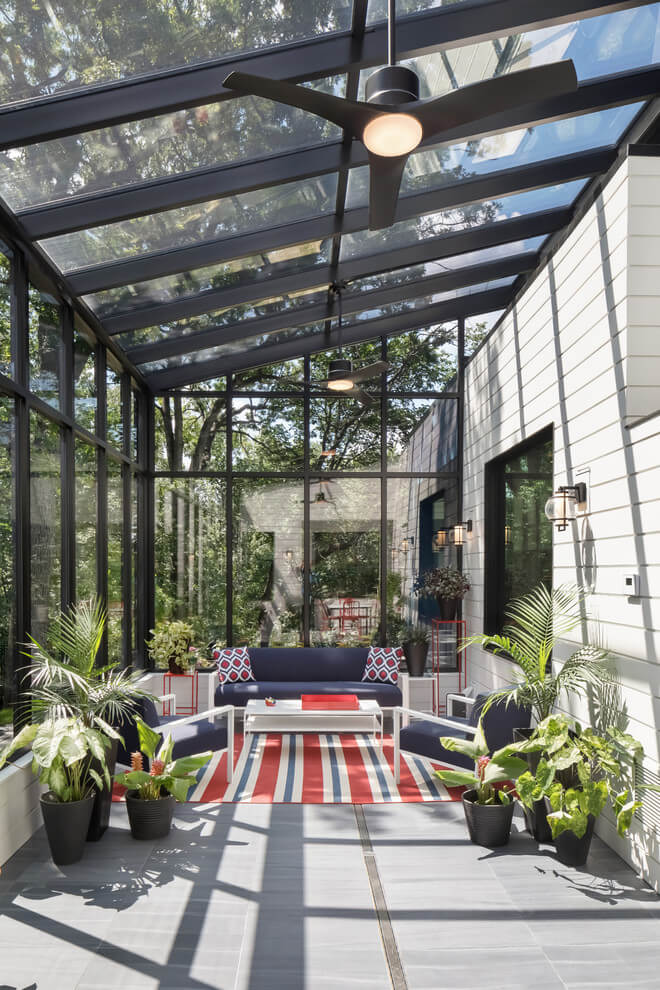 1 English
1 English - 3.2 French 3.2 French
- 3.3 Mediterranean
- 3.4 Mediterranean Provence
- 3.5 Greek
- 3.
- 4 videos: DIY Winter Garden Design
- 5 50 Photos of Winter Garden Design:
- 5.1 See also
Projects of paradise in your own home
For any person, undoubtedly, it is considered an important task to create comfort and coziness in their own home. Especially in the cool season, there is a desire to equip the spring environment with the help of various plants. A home greenhouse can become your personal paradise, a haven of harmony and beauty. In a private house, it can be created with the help of a glass structure attached to the kitchen or dining room. nine0003
A winter garden in a private house can miraculously transform a living space. This is a great place for family tea parties. A quiet pastime among nature has every chance of becoming a glorious tradition.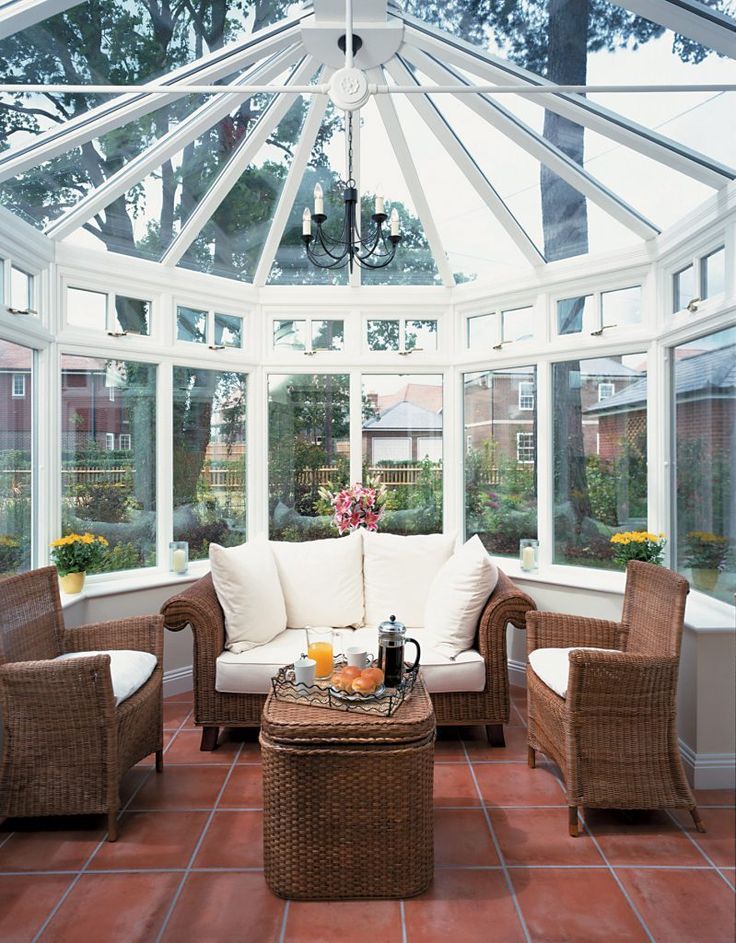
When planning the decoration of the territory, do not forget that it must be divided into 3 rational zones.
- Space for transplanting and caring for flowers.
- Place for rest.
- Enough spacious corridor.
This is not only an addition to living space, it is also a significant characteristic sign of a comfortable existence.
A home greenhouse can become your personal paradise
In a private house, an extension with a winter garden can be made of glass
A winter garden in a private house can miraculously transform living space
See alsoDesign features of a rustic kitchen
Winter garden design features
The best option would be the construction of a new building, combined with the house.
The best solution for such a building would be a frame with glass built into it. In addition, glass may be replaced by the most innovative and lightweight materials, such as polycarbonate.
An important advantage of such used material is its cheap cost. If the choice is made on glass as a material, then its properties should be taken into account, and strong glass should be preferred, with the expectation that it can withstand precipitation. nine0003
Winter garden planning should be carried out in advance
Choose only quality materials for your winter garden
See alsoKitchen design features in Khrushchev
It is inspired by many different ideas. And, before its implementation, the plant flora should be correctly formed. In particular, it is necessary to create comfortable conditions for the vegetation of such exotic crops as citrus fruits, orchids, begonias, cacti, palm trees and others. Place shade-loving plants in the center, and place light-loving plants closer to the windows. A high-rise greenhouse will significantly expand the possibilities of decoration. nine0003
It has been proven in practice that the gifts of flora grow well where they are constantly taken care of. An attractive site, created with one's own hands, will undoubtedly give a great moral return for the means and forces applied to it.
An attractive site, created with one's own hands, will undoubtedly give a great moral return for the means and forces applied to it.
before the implementation of the winter garden, it is necessary to correctly form the plant flora
Shade-loving plants should be placed in the middle of the room
Place light-loving plants near windows
See alsoKitchens with gas boiler: design
Winter garden styles and design tips
A modern plot can be decorated in any style you like, thanks to the wide range presented in flower shops. For a comparative analysis, we present brief characteristics of the most common options for decorating the territory.
Table. Comparative characteristics of various styles
| Style | Predominant color | nine0117 Feature accessories | |
| English | Green | Climbing roses, living green hedge. | Single large stones and boulders. 1–2 sculptures of the classical type. |
| French | Dazzling white, azure, and light pink with gold | Fruit crops, ornamental apple tree, thuja, barberry, thunberg, clematis, capricole honeysuckle sage, wormwood, bearded irises in large groups, lilies, foxglove, stock rose, ferns of various varieties, both in groups and in single plantings, climbing roses, hydrangeas, lavender (in our conditions, mullein or veronica is better), various types of geraniums . | Fountains. As a rule, such a plot is decorated with a decorative mini-garden on a raised "bed" Flowerbeds with herbs. |
| Mediterranean | All shades of pink, yellow and blue. | Juniper, barberry ficus, pistachio; thuja (smaragd, danica), citrus, oleander, olive, laurel, periwinkle, cotoneaster, magonia, columnar thuja, lavender, veronica, creepers. | Bright flowers in beautiful pots. Numerous fountains, unusual shapes. nine0120 |
| Greek | Light blue, bright snow white, yellow green, terracotta | Alyssum, gaiania, osteospermum, periwinkle, snapdragon, plumbago, geraniums, poppies, lemons, limes, oranges, tangerines, and perennials. | Wicker rattan, bamboo chairs, terracotta clay pots. |
Consider the above options in more detail.
nine0008 There are several styles of winter garden decorationTall conservatory gives more room for decoration
See alsoItalian style kitchen interior
English
The British are sophisticated connoisseurs of antique interiors. It is just right to confidently characterize them as the founders of many architectural trends. The English design of the winter garden suggests a classic space for leisurely conversations during tea parties and family vacations. Of great importance in this case is the decoration of windows and floors. Often, it is possible to meet a huge floor carpet and magnificent stained-glass windows in it. The atmosphere is dominated by antique or semi-antique furniture - another important component of the interior. In addition, the English style is distinguished by large doors and decorative components on the roof ridge. nine0003
Of great importance in this case is the decoration of windows and floors. Often, it is possible to meet a huge floor carpet and magnificent stained-glass windows in it. The atmosphere is dominated by antique or semi-antique furniture - another important component of the interior. In addition, the English style is distinguished by large doors and decorative components on the roof ridge. nine0003
Choosing the right plants is essential to create a British flavor. For example, the English site cannot be imagined in the absence of roses. Weigela - this bush can be seen quite often in British greenhouses. If you look through the antique folios, then you can see that in the 17th century the British loved to plant hazel, lilac, and euonymus.
In a spacious space, it is possible to plant single specimens of large flowers. It is important that they stand out for their decorative effect. The remaining plants are a safe base background. nine0003
English winter garden design suggests classic space
Often a huge carpet is laid in the garden
An English-style garden offers a calm and pleasant atmosphere
French
The French style originated in France, and subsequently successfully spread to many countries of the world.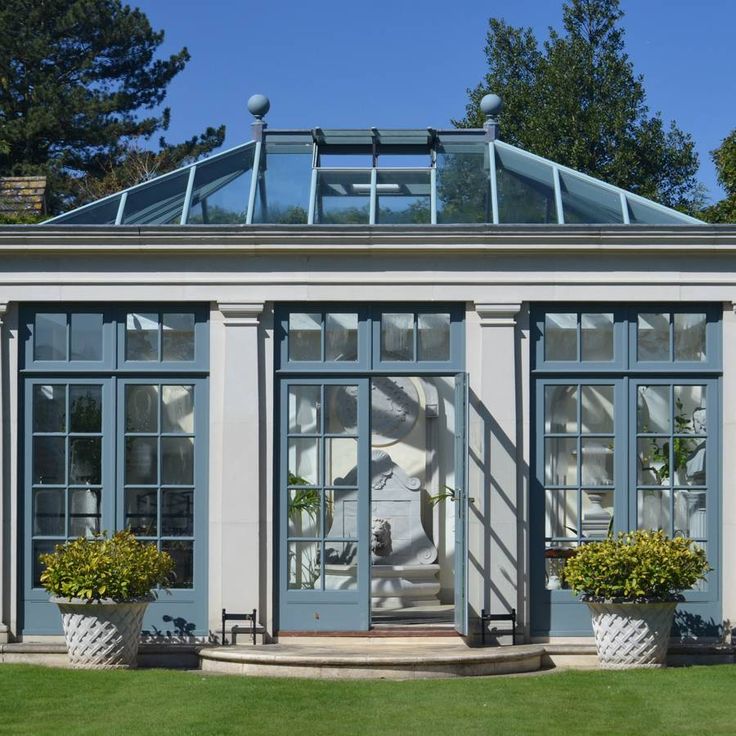 Its characteristic features are smooth paths, precisely trimmed bushes, and precise symmetry. nine0003
Its characteristic features are smooth paths, precisely trimmed bushes, and precise symmetry. nine0003
This option is useful for people who value wealth, pomp and solemnity. If you want to build a cozy space for intimate conversations, a French-designed plot can be the best option.
This exquisite interior can be recognized by the following interior solutions:
- furniture with copper-bronze elements;
- expensive vases;
- ceramics;
- mirrors;
- many flowers and fruits. nine0024
The color palette is a combination of pure white, azure and light pink with gilding. Often here, it is possible to meet a cabinet for porcelain, and a bergere chair - a spacious easy chair with armrests and a long back. Plants are at a low height so that they are perfectly visible from any viewing option. There are a large number of vegetable and medicinal herbs.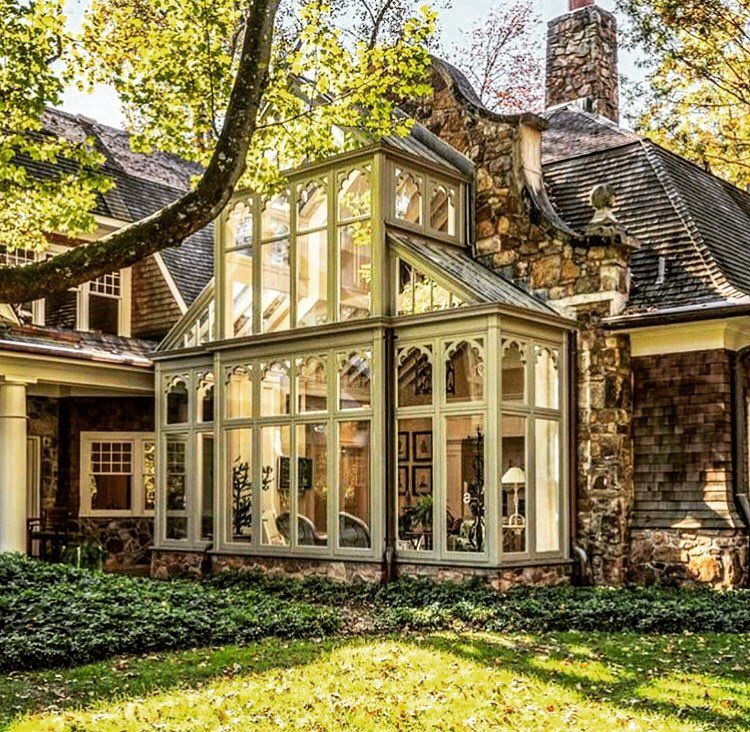 Highlights such spaces - man-made order in absolutely everything.
Highlights such spaces - man-made order in absolutely everything.
French winter garden will give you a feeling of relaxation and comfort
French style is suitable for people who value wealth, pomp and solemnity
See also MDF countertops for kitchen units: features, classification, selection tips.
Mediterranean
A characteristic feature of the territory in the Mediterranean version is the simplicity and impeccability of contours. It looks like a building adjacent to the building with a pitched roof. For this reason, this option is suitable for a veranda or greenhouse. It stands out for its functionality and durability. It is usually preferred by lovers of southern flavor. nine0003
The interior uses antique-like decorative tiles and delicate walls. When choosing textures, it is very important to achieve the impression of the interior, as if the floor and walls were burned out under the glimpses of the burning midday sun.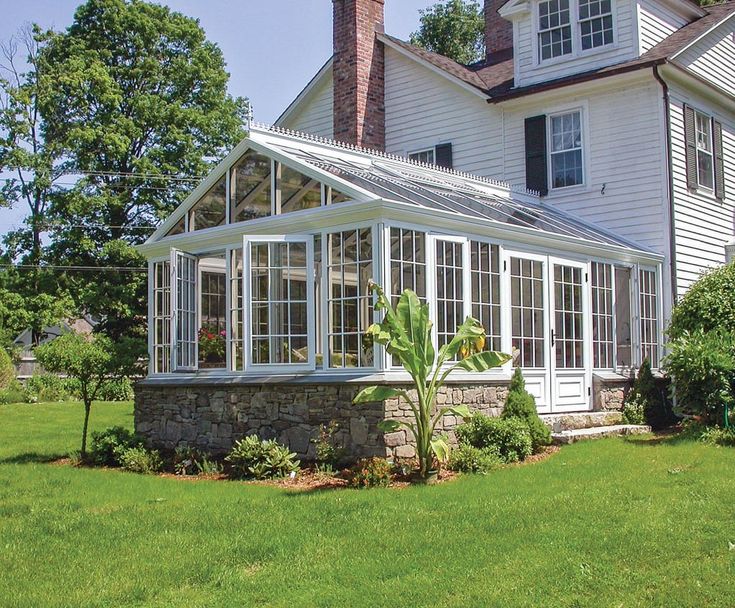
Mediterranean interior of the winter garden in the house contains:
- statues;
- ornamental pond;
- pottery antique vases;
- wrought iron table with glass top;
- Sundial and pergolas wrapped in roses. nine0024
In general, this design can be expressed in words like warm, clear and fragrant. This is a great place to relax. The special elegance of the Mediterranean appears in the darkened patio covered with flower beds with herbs. This interior is used mainly in numerous southern states, in which it is interpreted in its own way.
Which crops are preferred? This, of course, is all kinds of fragrant spices - saffron, rosemary, basil, coriander, celery. And, of course, lavender, rose and junipers. These cultures are equally suitable for flower beds and vases. Various small trees are also in demand, for example: citrus, pistachio and olive, and small palm trees. Mediterranean style is a great platform for creativity. nine0003
Mediterranean style is a great platform for creativity. nine0003
Finishing the floor with tiles
Mediterranean-style winter garden is a great place to relax
Keep everything simple in a Mediterranean winter garden
Among the varieties of Mediterranean interiors in France, Provence is a prominent representative. Its distinctive feature is considered to be the absence of distinct lines, and naturally the amazing smell of lavender and other herbs. Flowers are also placed in pots - flower beds, along the paths and instead of a lawn. nine0003
Elegant forged furniture is used as interior items: screens for climbing plants, bridges, chairs and benches with soft cushions.
Among the varieties of Mediterranean interiors in France, Provence is a prominent representative
Flowers are also placed in pots - flower beds, along the paths and instead of a lawn
See alsoStylish small kitchen design in 2022
Greek
Blue, bright snow-white, yellow-green, terracotta tones are used in the decor of the site to demonstrate the atmosphere of Greece.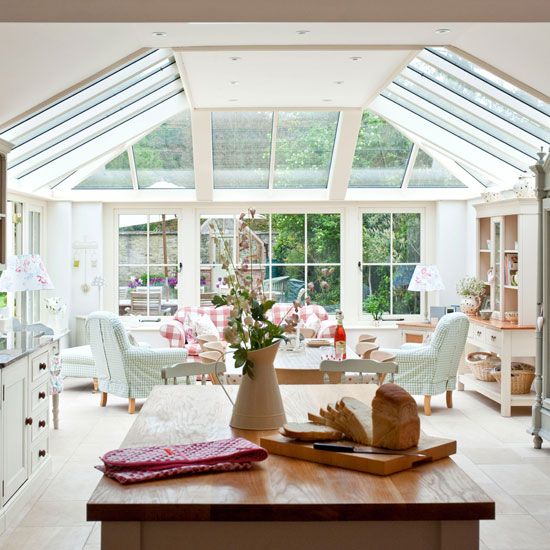 Be sure to use these colors for furniture. nine0003
Be sure to use these colors for furniture. nine0003
The inhabitants of Greece while away a large amount of time in nature: talking, eating, and relaxing. For this reason, the Greek site is decorated with a large number of comfortable seating areas located in the loggias, and a set of garden furniture certainly has a huge dining table. Wicker rattan and bamboo chairs perfectly emphasize this style.
Windows are decorated with weightless light curtains or blinds, they are designed to protect from the celestial body at midday. The main green plantings of the Greek site can be conifers. If they are in containers, it is possible to swap them, and thus instantly change the visual image. Against the background of conifers, flower cultures of the brightest shades and shapes look great. nine0003
Fragrant herbs will be a great addition. They are recommended to be planted in flower beds, in flowerpots, in hanging pots, or placed near the windows.
See alsoCeramic countertop for the kitchen: features, pros, cons, how to do it yourself.
Video: DIY winter garden design
See also Layout of the kitchen as a dining room-living room
Design of a winter garden in a house and apartment - design styles + photo
From the way in which green spaces are placed: trees, bushes and flowering plants, interior decoration with various decorative elements, the selection of furniture and textiles will depend on the interior of the winter garden in the house.
Professionally engaged in creating the illusion of living in natural conditions designers, architects, engineers and biologists.
In contrast to the greenhouse, which is located away from home, the winter garden is an integral part of the house, which is why it is so important for it has a beautiful and presentable appearance, made in the same style. nine0003
Design of a winter garden in a house and apartment
Popular winter garden design styles
Classic style winter garden
glazed roof with protruding bay window.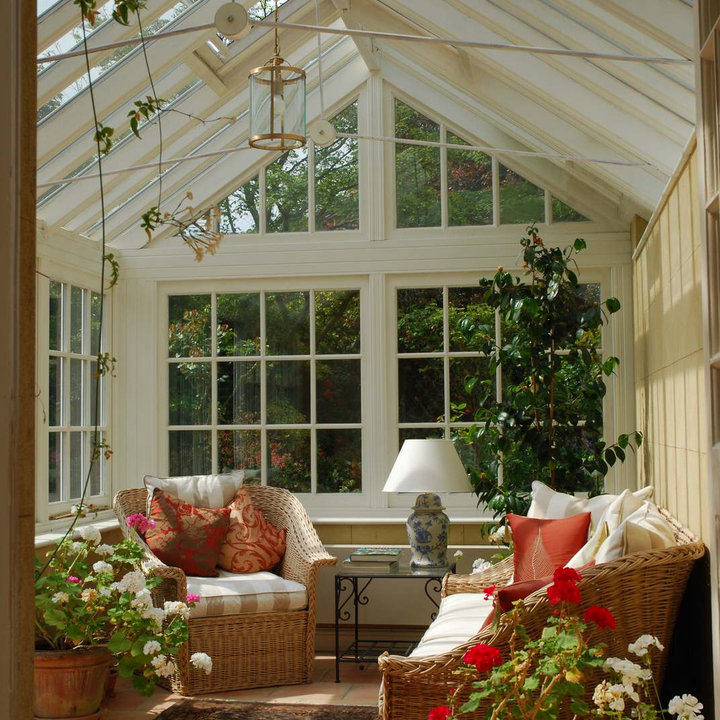 Not superfluous element will be windows decorated stained glass windows, decorative layouts or curtains. Aged furniture against the backdrop of pastel walls looks organic and sustained in English.
Not superfluous element will be windows decorated stained glass windows, decorative layouts or curtains. Aged furniture against the backdrop of pastel walls looks organic and sustained in English.
Classic winter garden
Japanese-style winter garden
An excellent option for people who comfort, appreciate minimalism and Japanese philosophy. In accordance with which four important elements must be present in the winter garden - water, stone (or tree), earth and air. With the latter, everything is quite simple, but the reservoir in the house not everyone can afford. Can be a great alternative mini waterfalls. Selected flowers (such as bonsai), natural materials and strict geometry - great for an oriental winter garden in a private home. nine0003
Japanese-style winter garden
Hi-tech winter garden
elements and shelving in the spirit of a spaceship will not look organically. But practice shows that more functional and practical style than Hi-tech for there is no winter garden.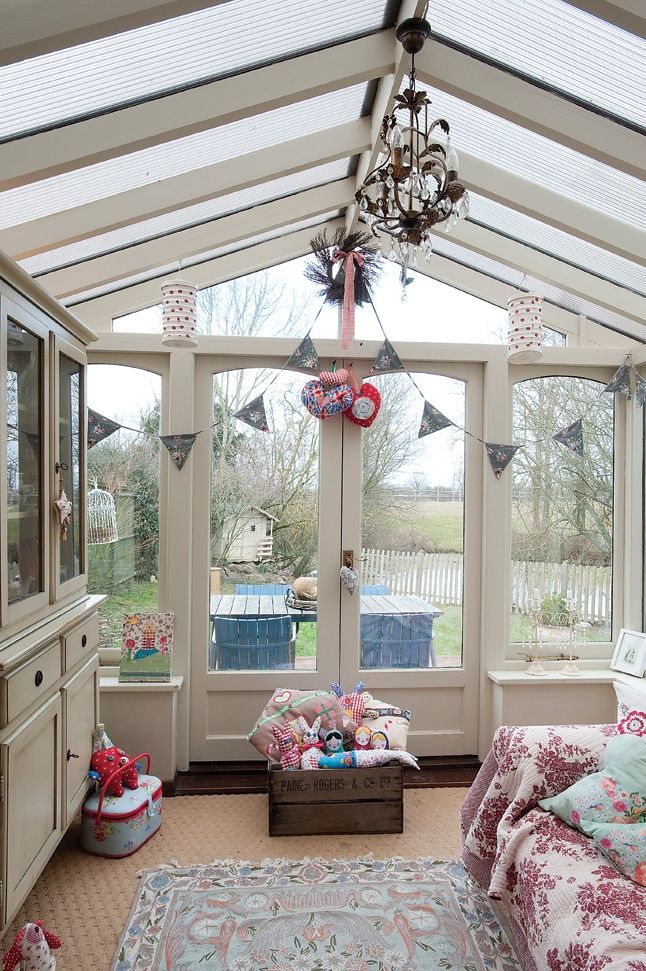 Laconic, geometric shapes, a lot of open space and light encourage plant growth and enjoy being open to everything new owners of the house.
Laconic, geometric shapes, a lot of open space and light encourage plant growth and enjoy being open to everything new owners of the house.
Hi-tech winter garden
Winter garden in country style
Those amateur gardeners who prefer flowering plants, this rustic style will be to your taste. Sea of green rough plaster, wicker sofas and armchairs, ceramic tiles on the floor, high ceiling - all this distinguishes country from other styles.
Winter garden in country style
Winter garden in modern style contrasting combinations, architectural vegetation, clear forms, lines and repetition in motifs. This winter garden project is quite expensive, and suitable for those who do not like to save on luxury items interior. nine0003
Art Nouveau winter garden
Armed with the desire to have a piece of paradise at home, rich imagination and professional advice of a specialist, you can safely start implementing grandiose plans in life.
How to make a winter garden versatile?
The conservatory plays an important role in increasing the space.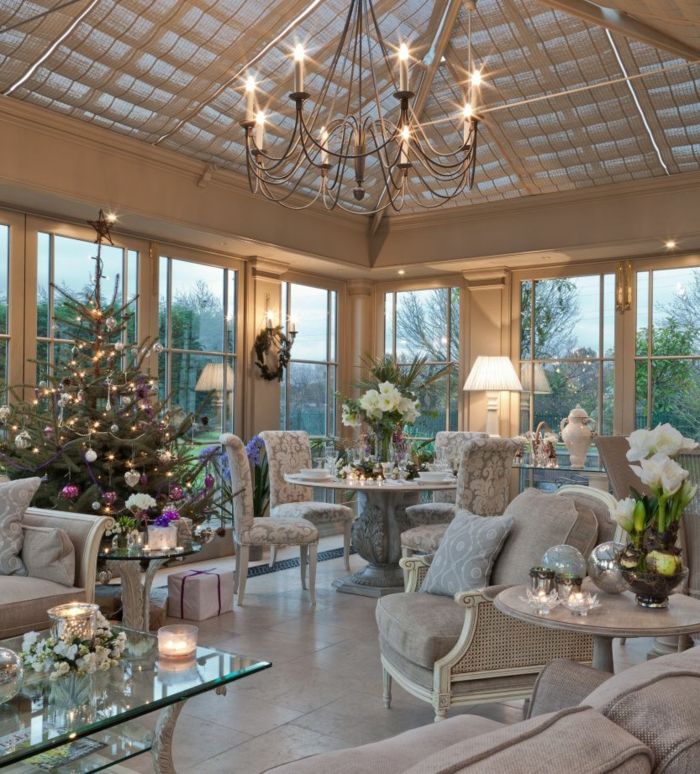 It can become a continuation of one of the rooms in the house, or it can be convenient function with other living areas: fireplace, study, kitchen or workshop. nine0003
It can become a continuation of one of the rooms in the house, or it can be convenient function with other living areas: fireplace, study, kitchen or workshop. nine0003
Winter garden in the living room
construction, many do not even realize how miraculously a corner of wildlife can change the living space for the better. Increasing the area, the winter garden creates a unique combination of home comfort and natural harmony. Tastefully selected furniture, interesting decor and original accessories make the living room with a garden the main architectural idea the whole house. nine0003
Winter garden in the dining room, kitchen
Family tea parties, dinners and breakfasts surrounded by flooded the sun of space or the gradually fading colors of twilight, can become a pleasant tradition if you organize them in an attached kitchen or dining room glass building. An organic continuation of a room is not just an addition to a utilitarian space, but an important attribute of a cozy life.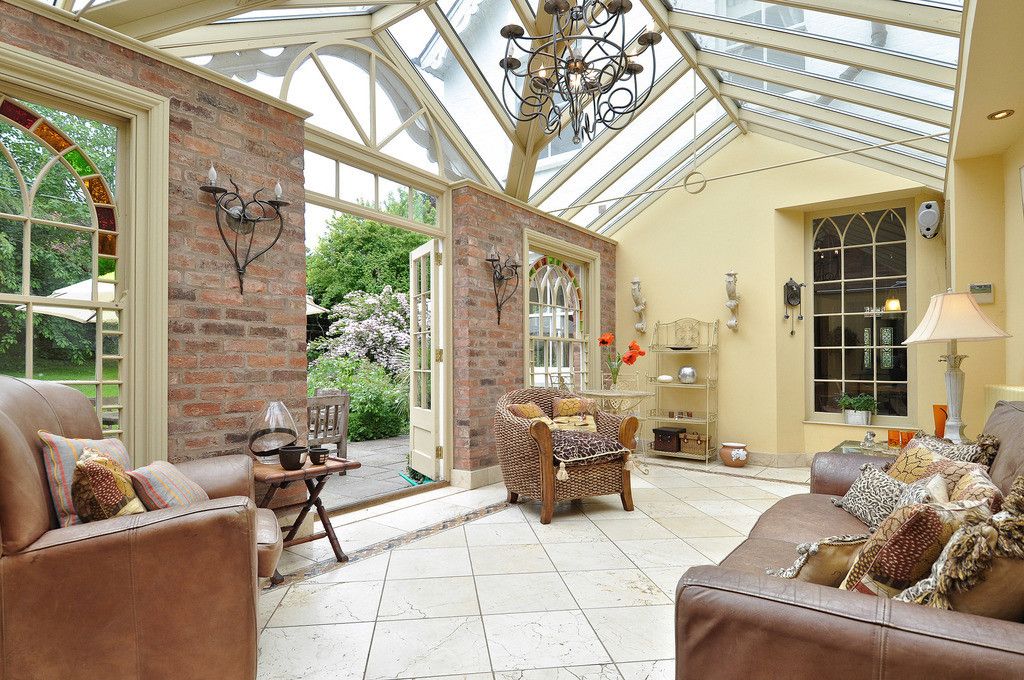
When planning the appearance of the garden, remember that it should be divided into three optimal zones, providing space for cultivation of plants, a seating area and a fairly easy passage. nine0003
Winter garden in a two-storey house
Designing a winter garden - tips
Ideas for a winter garden presented in the photo below can inspire anyone, but before choosing plants, it is important properly organize a place that fully meets all the conditions for the best growth of citrus fruits, orchids, begonias, cacti, palm trees and other plants for winter garden. Start decorating your oasis by placing large plants. It is they who most often become the pearl of the garden. Hide shade-loving plants deep into the composition, and place light-loving ones closer to the glass. Multi-storey the garden will significantly expand the design options. nine0003
Conclusion
It is important to remember that any plant is a living organism, requiring careful care.